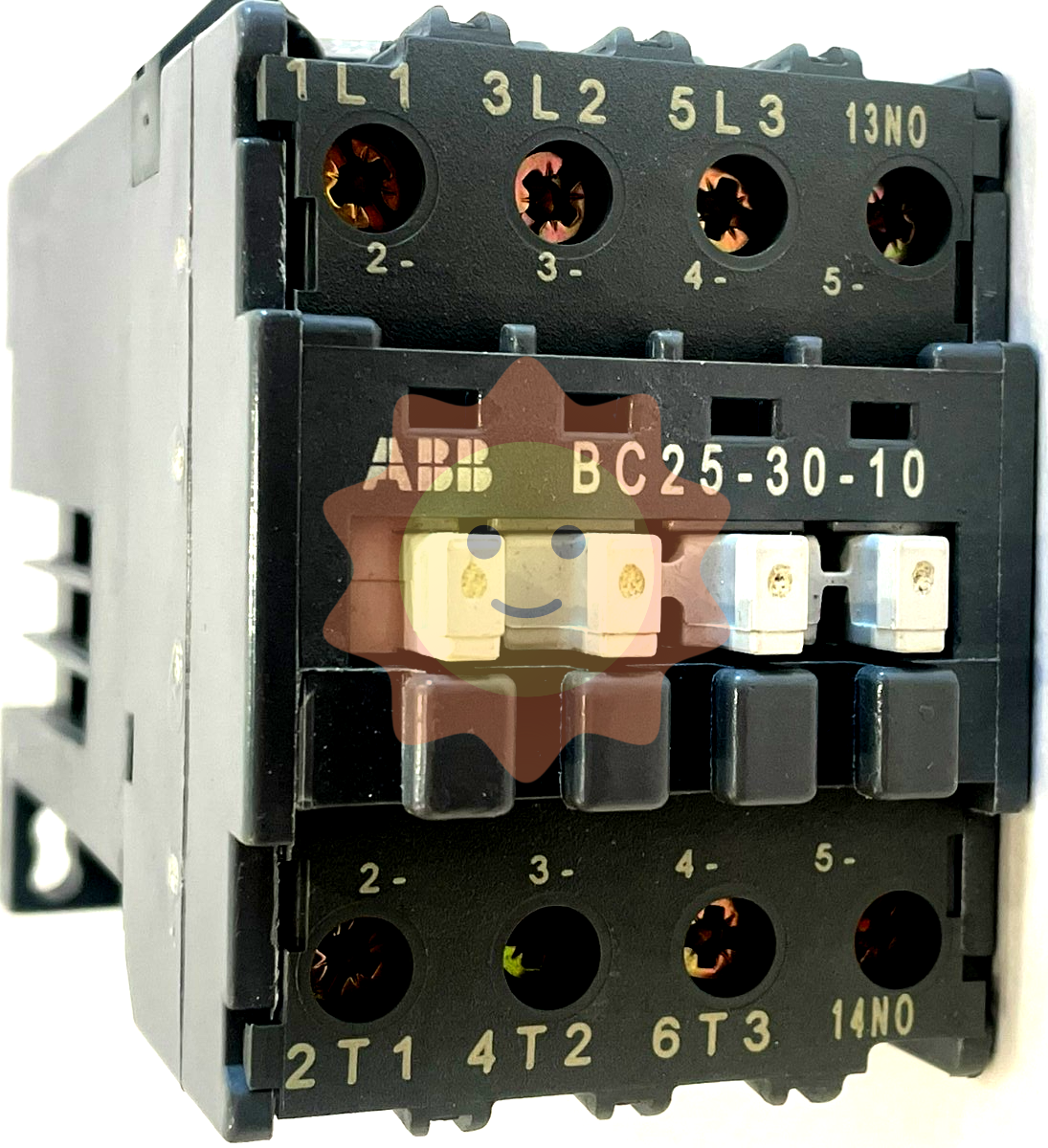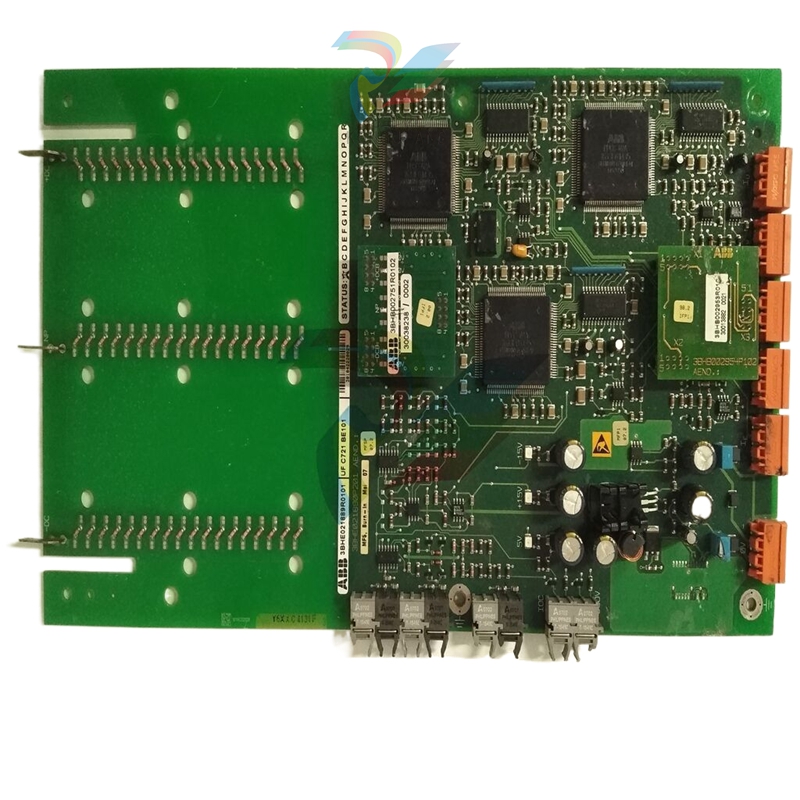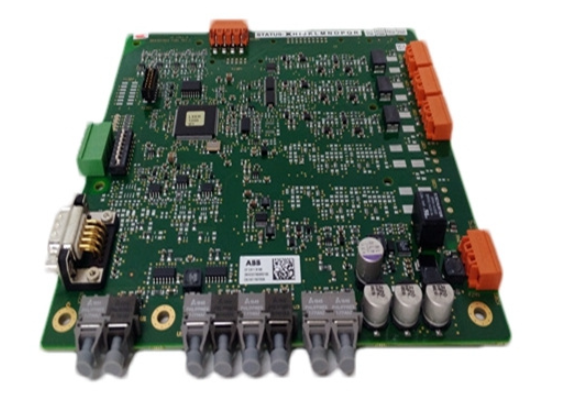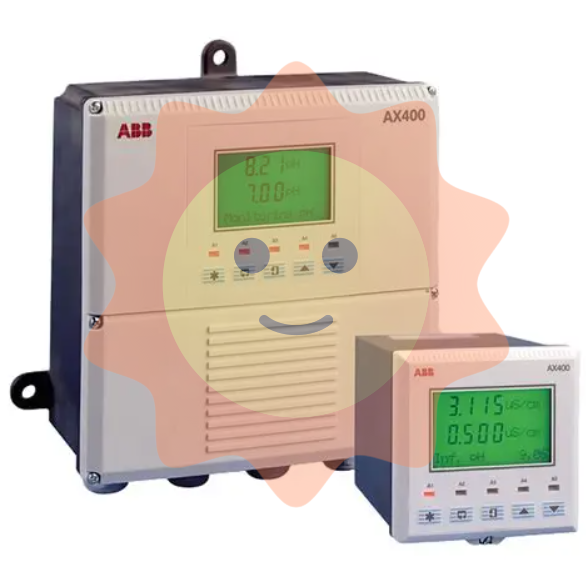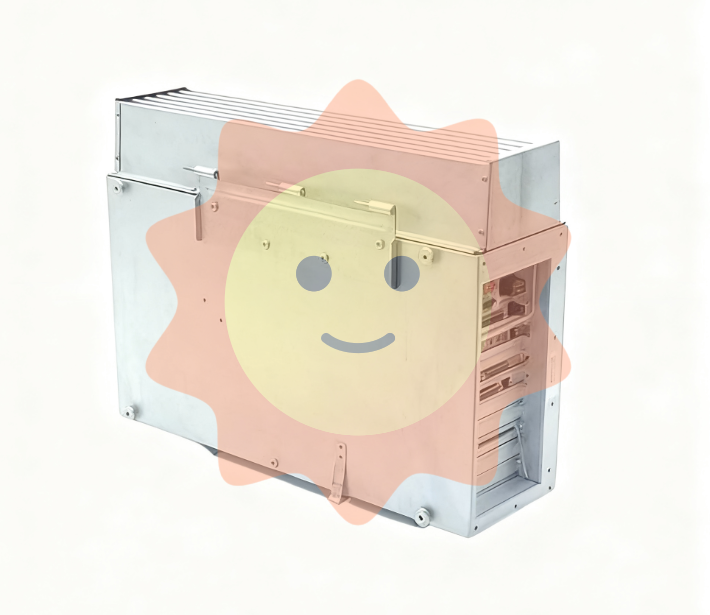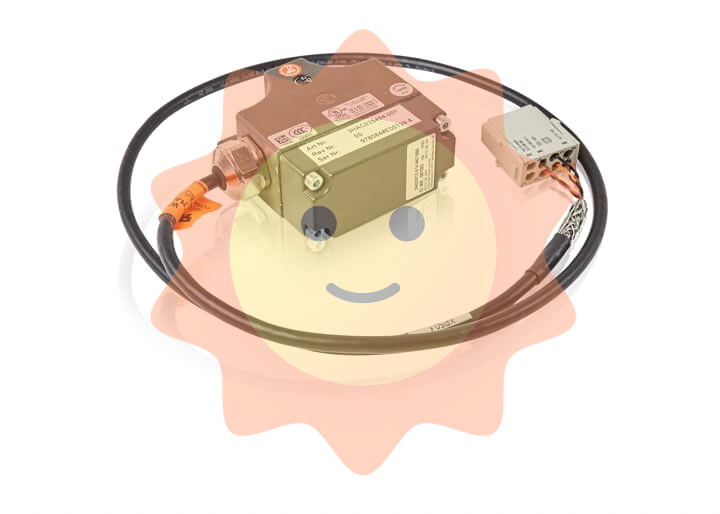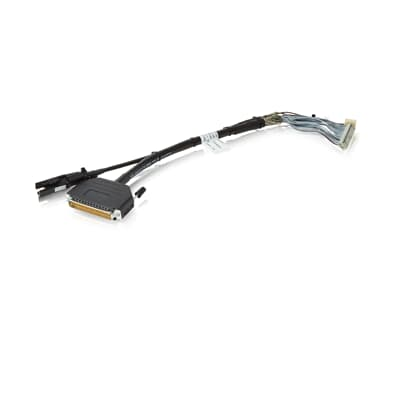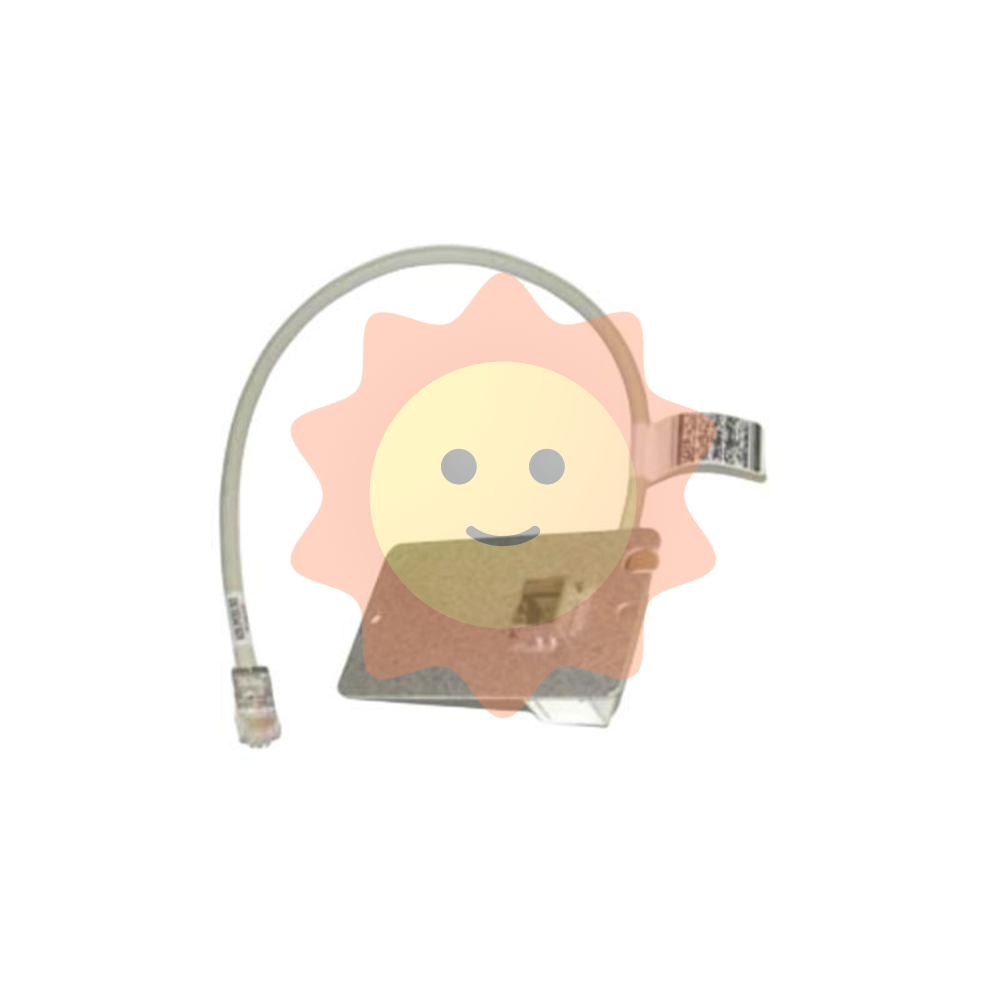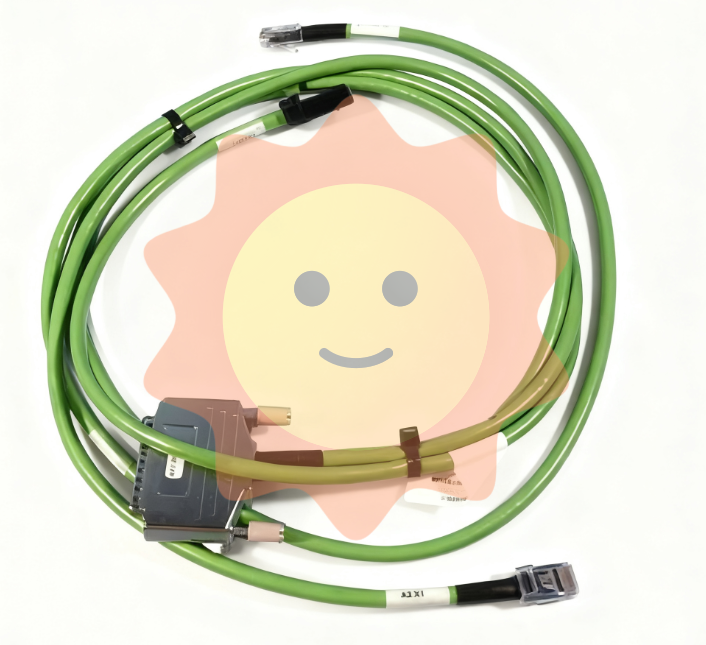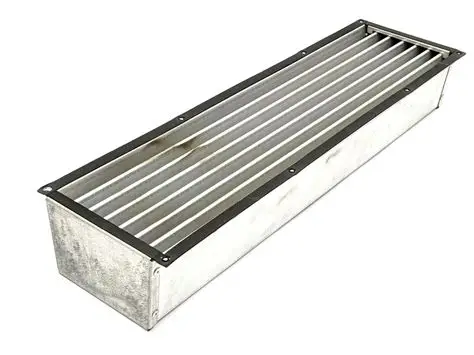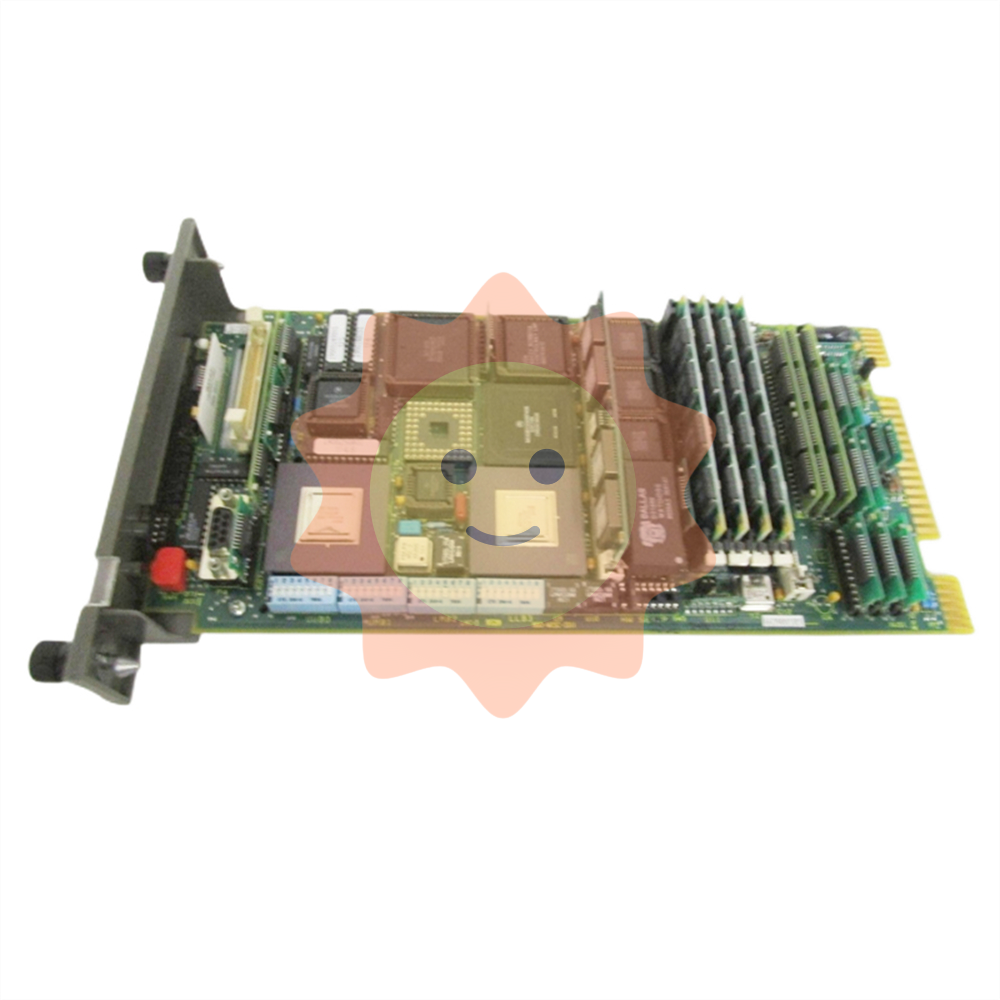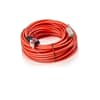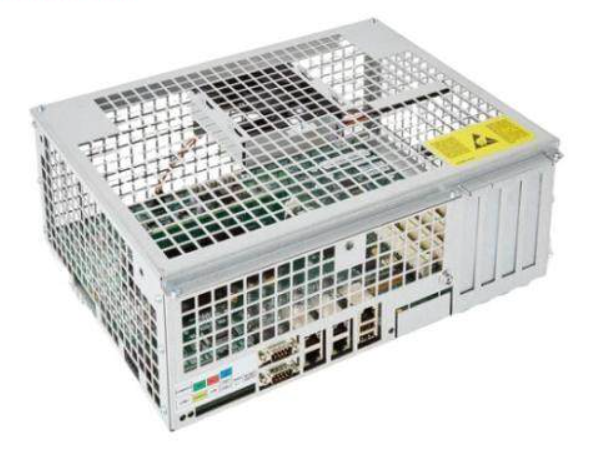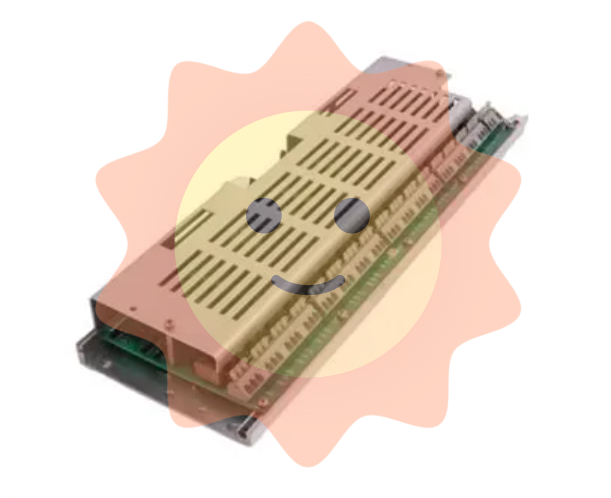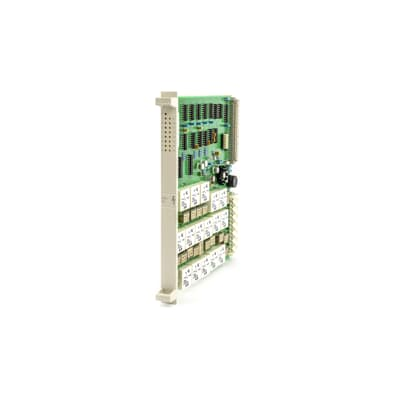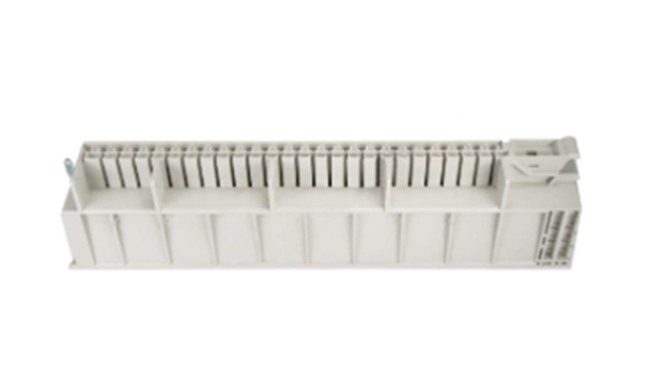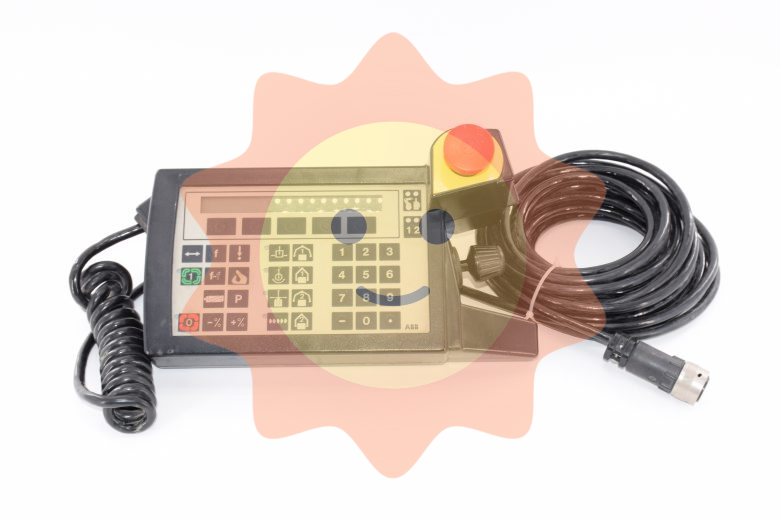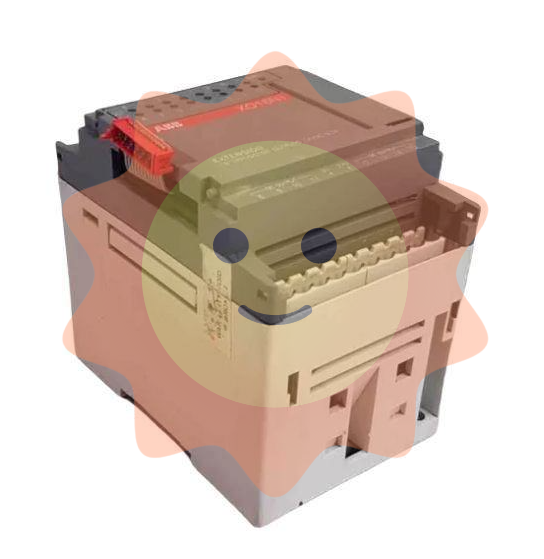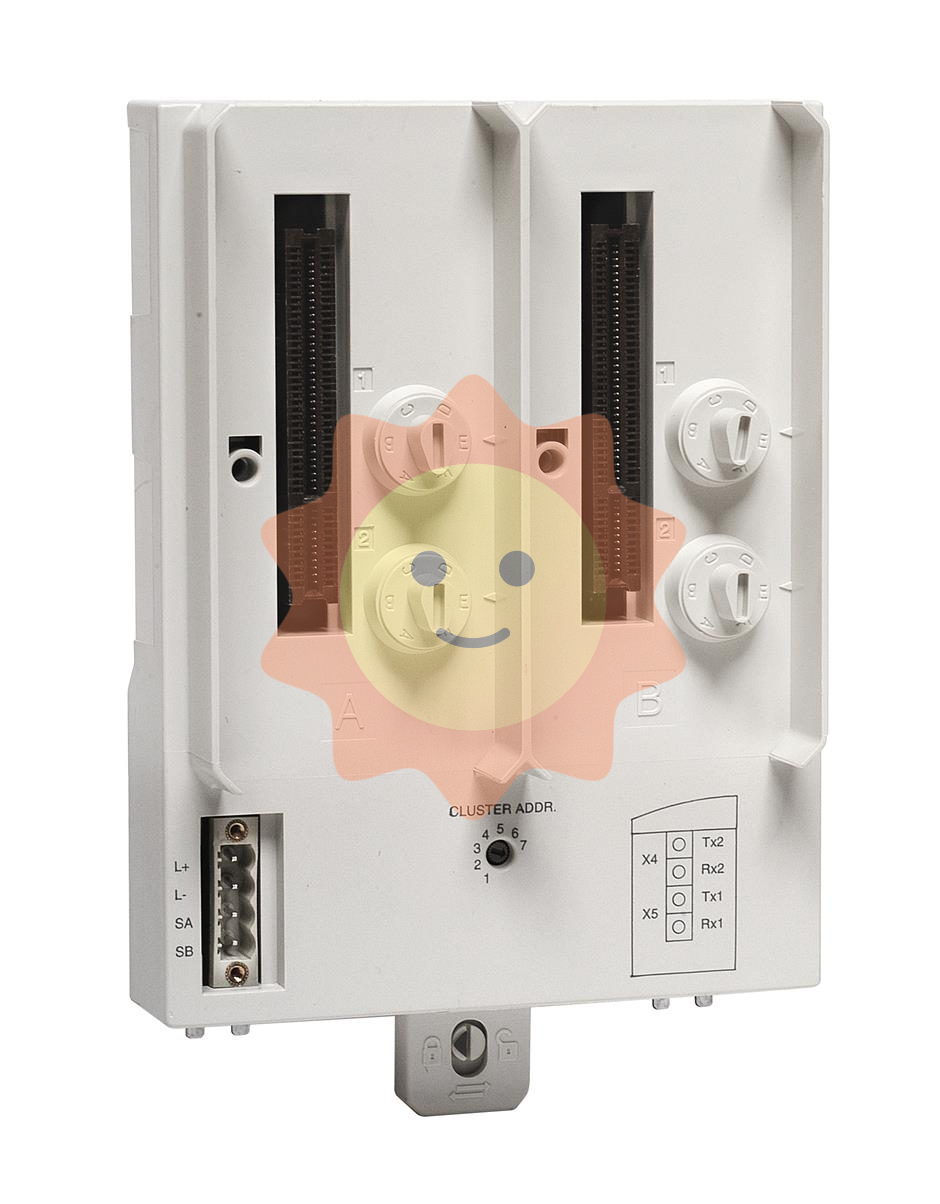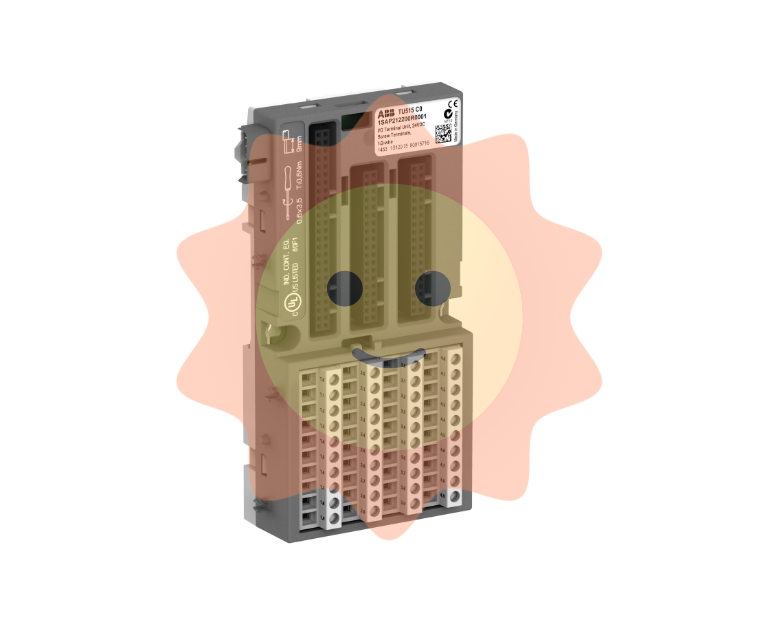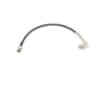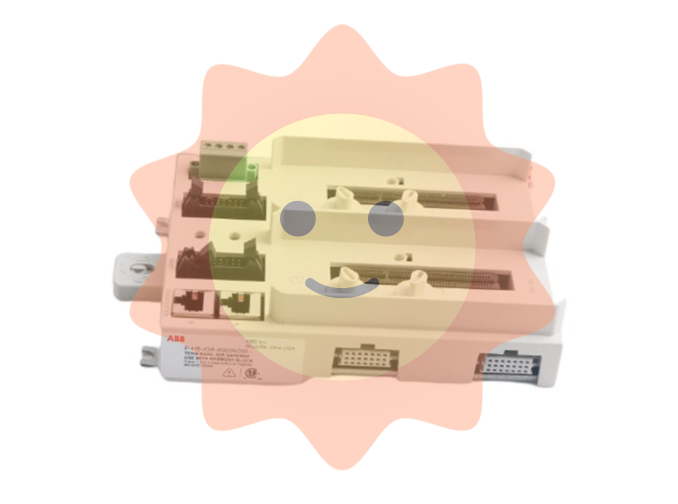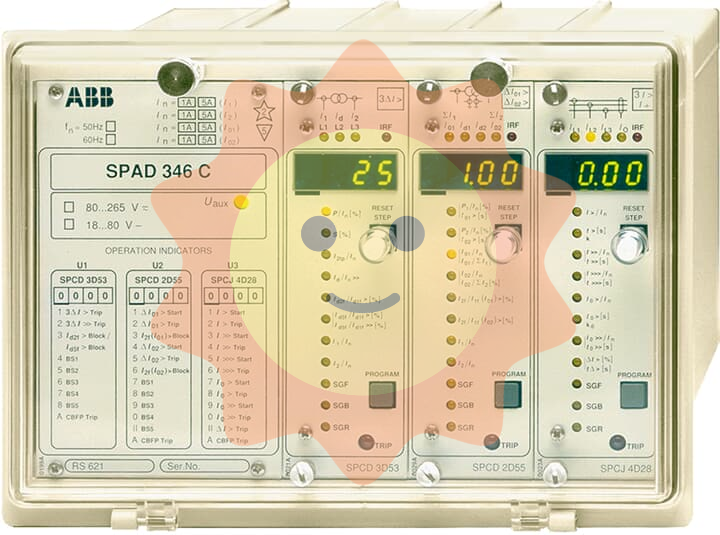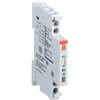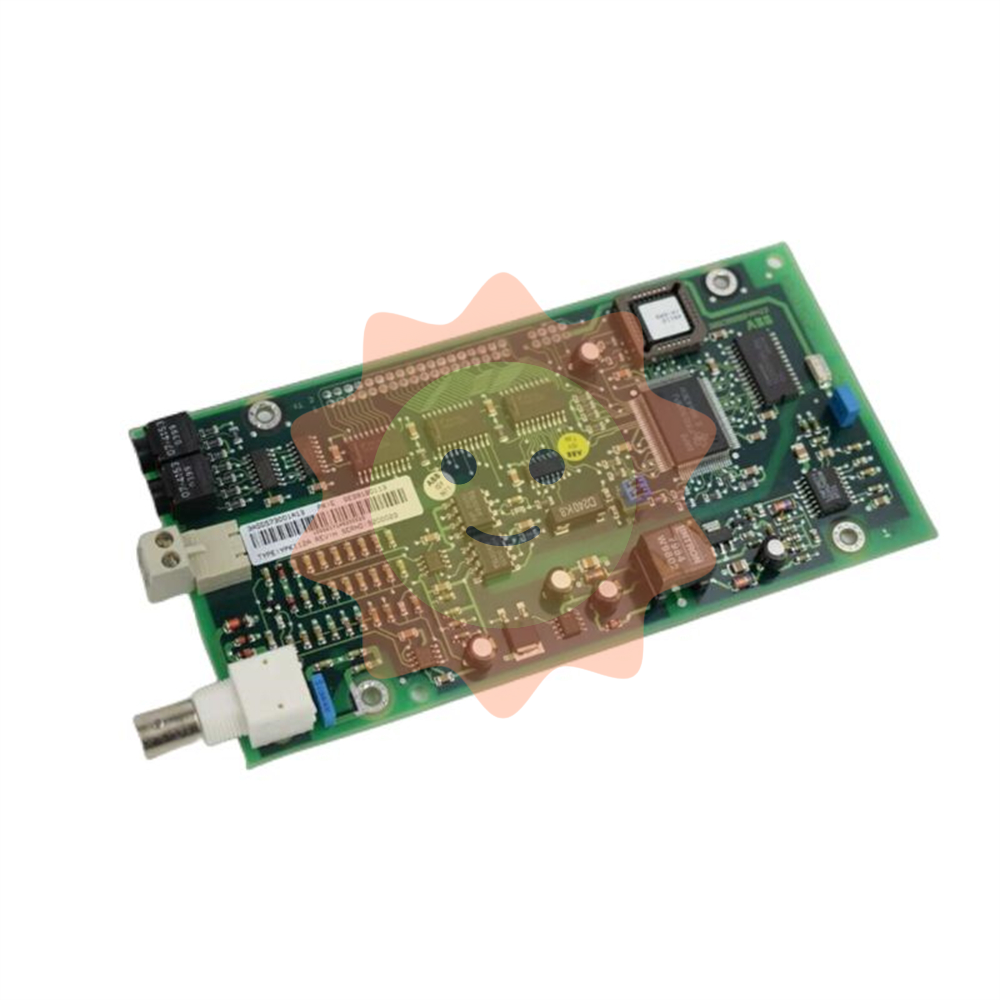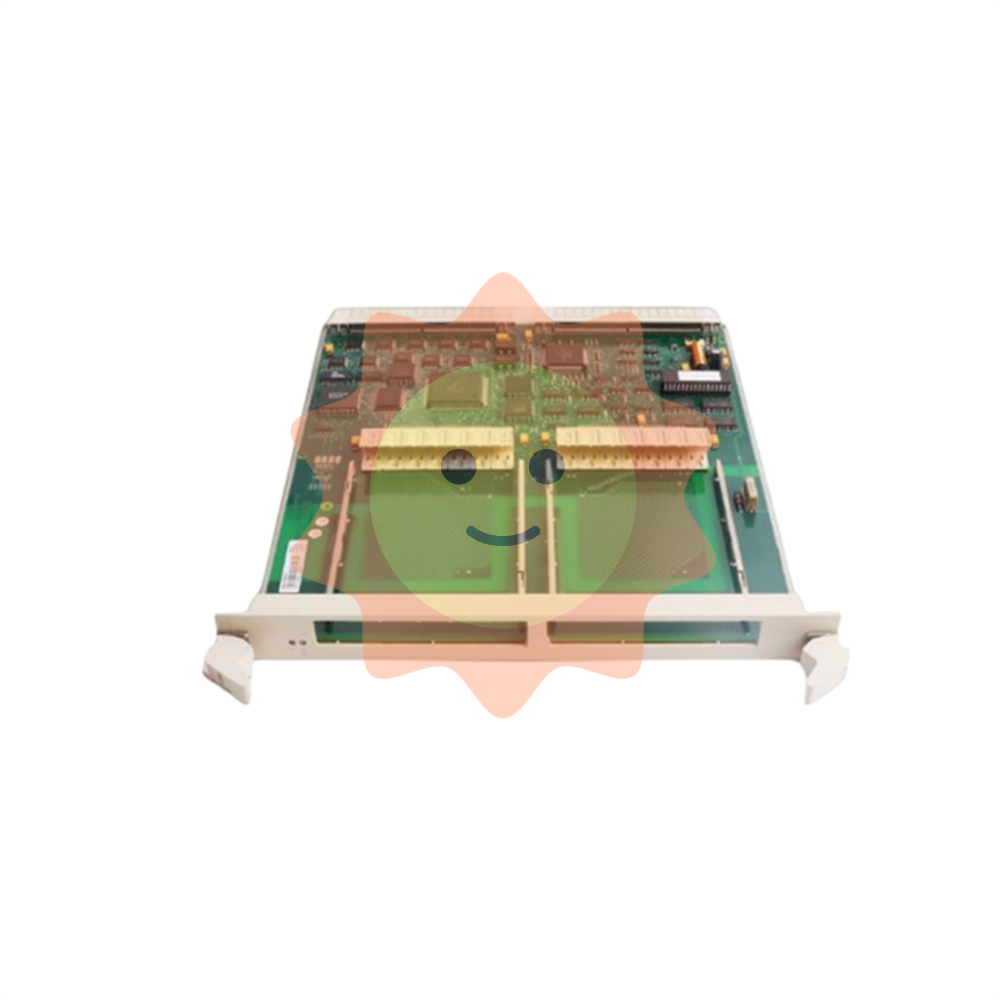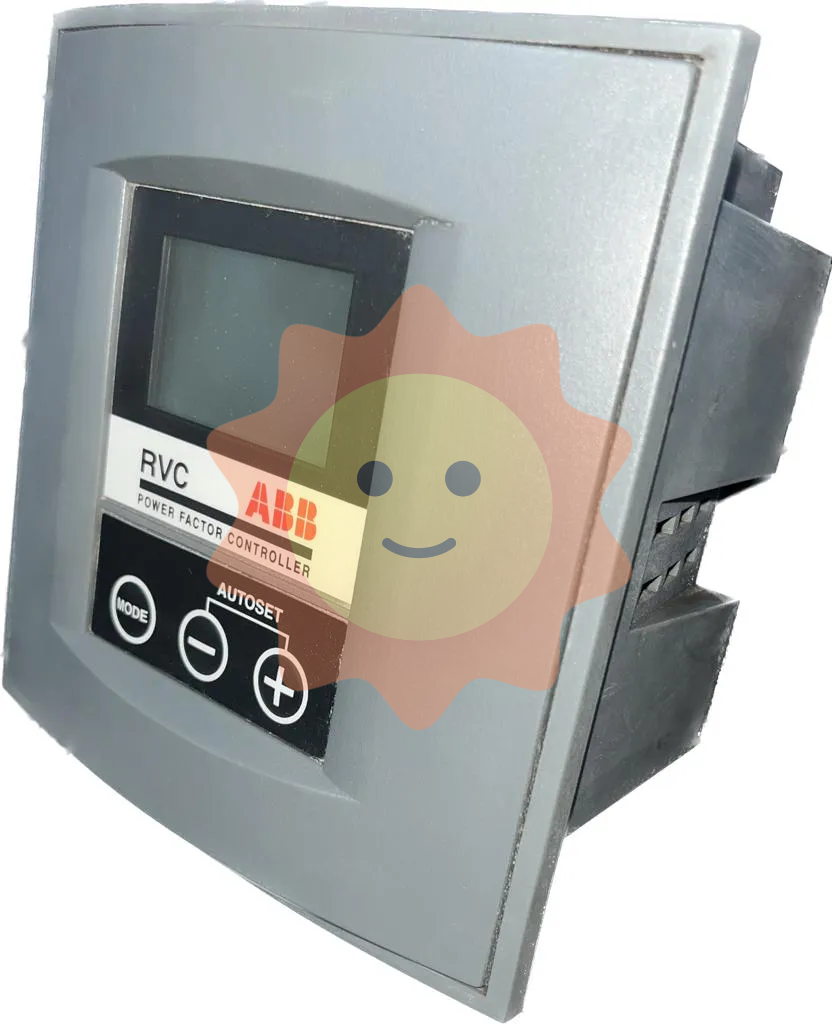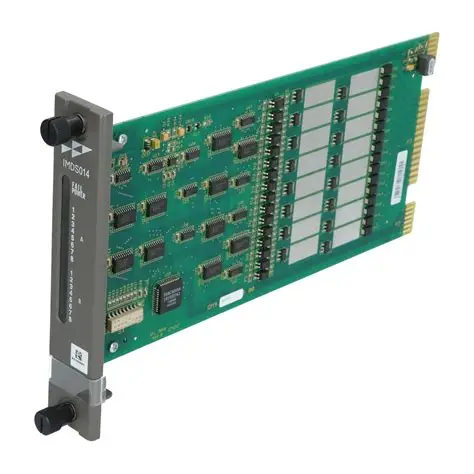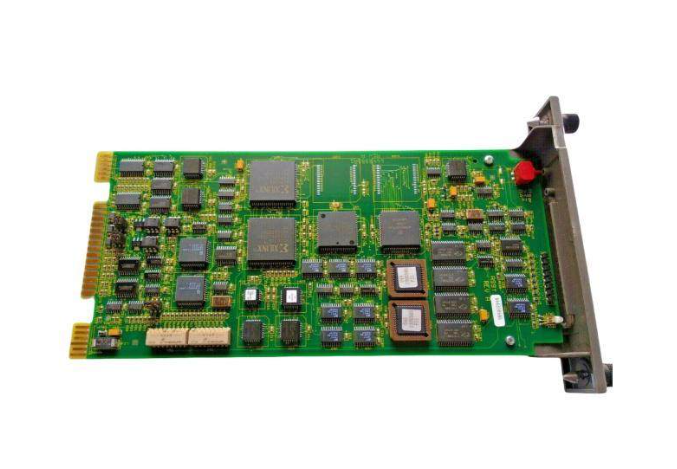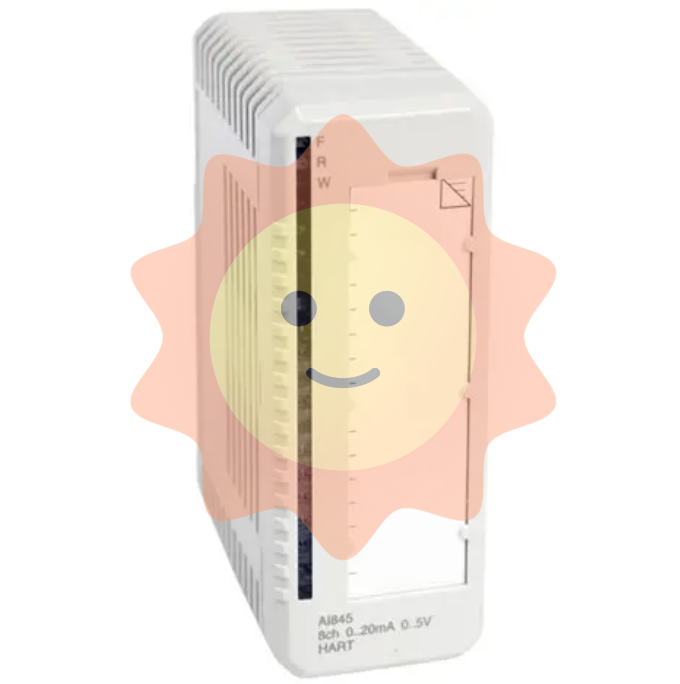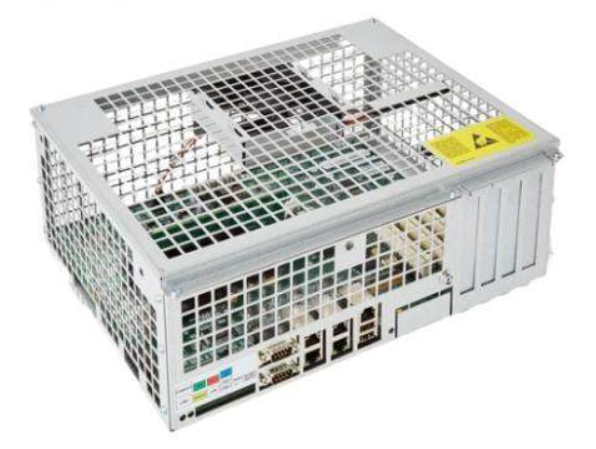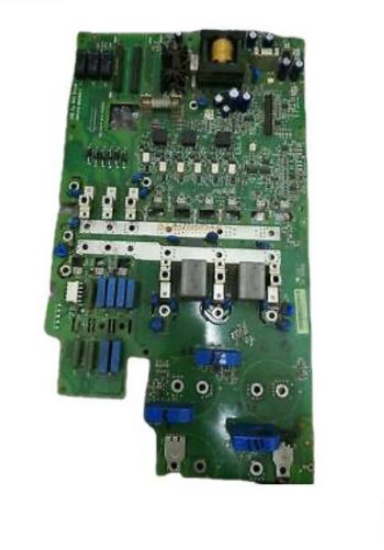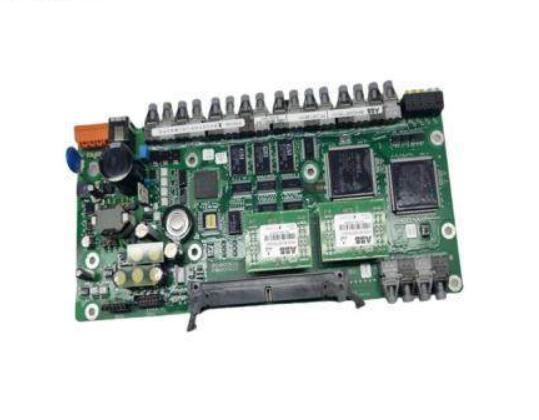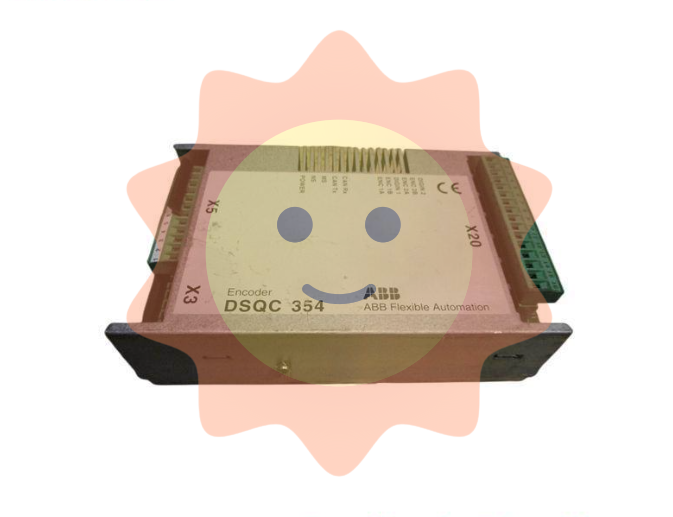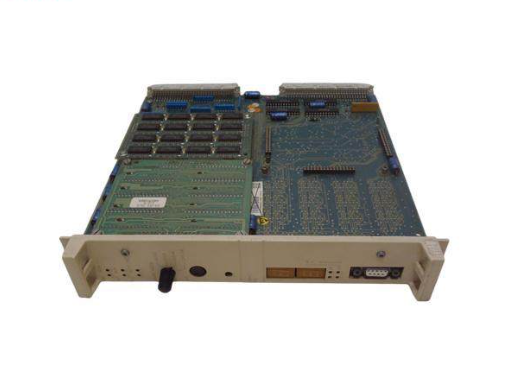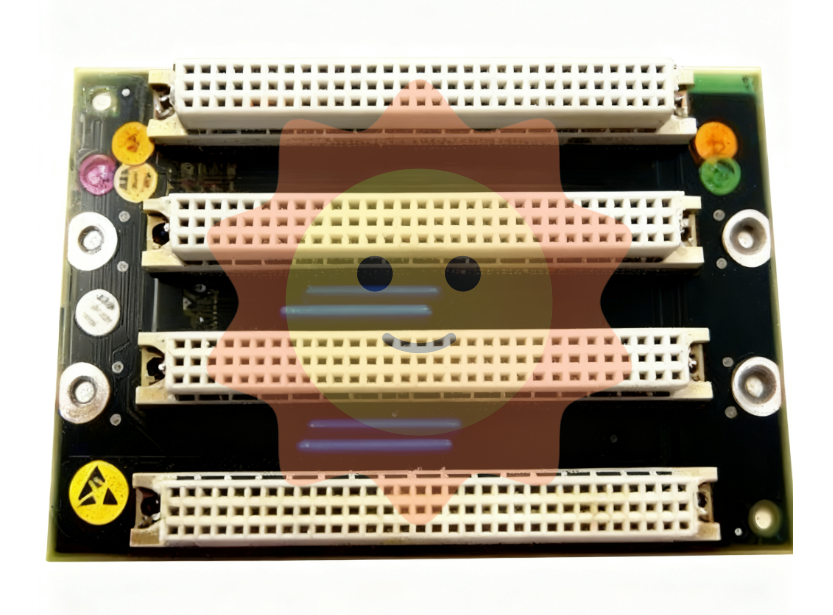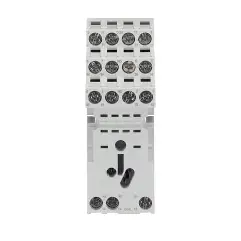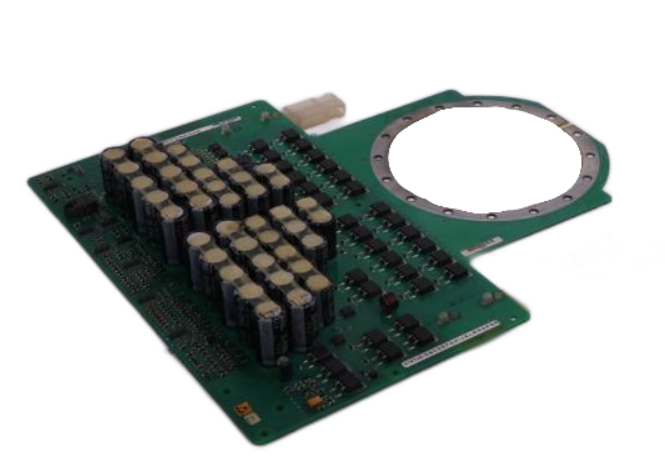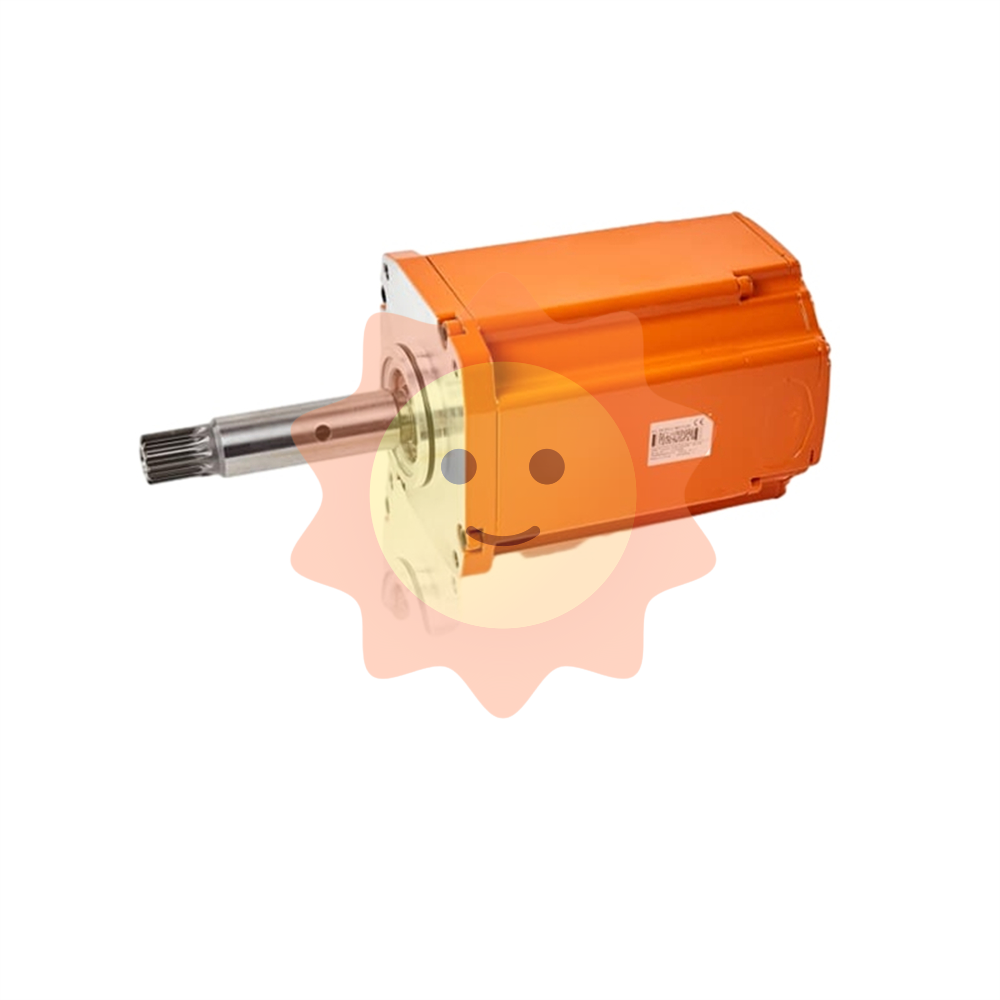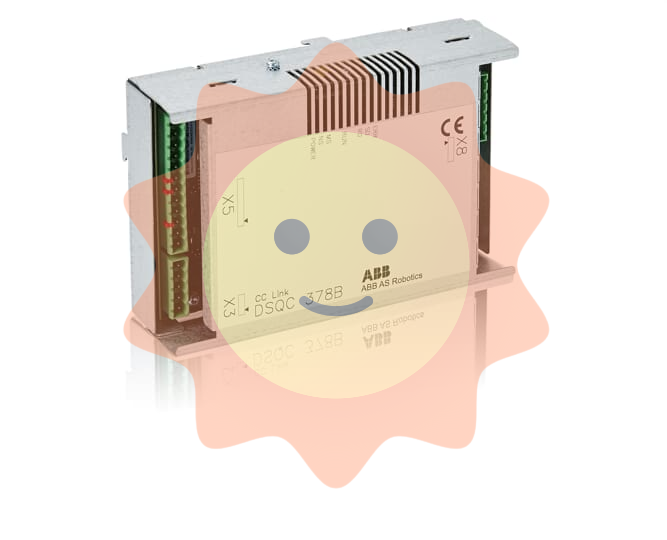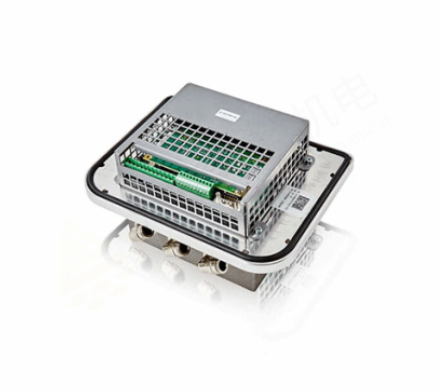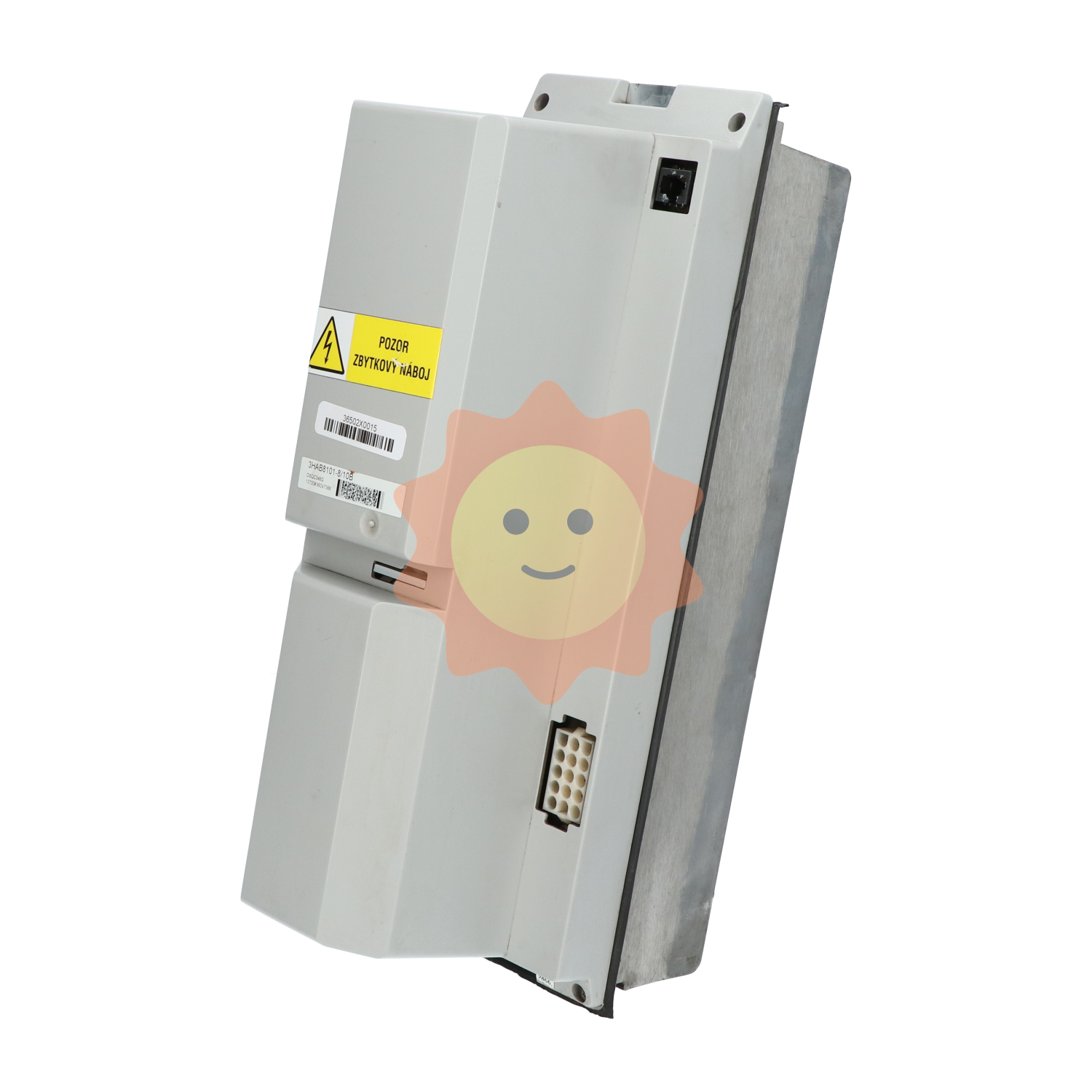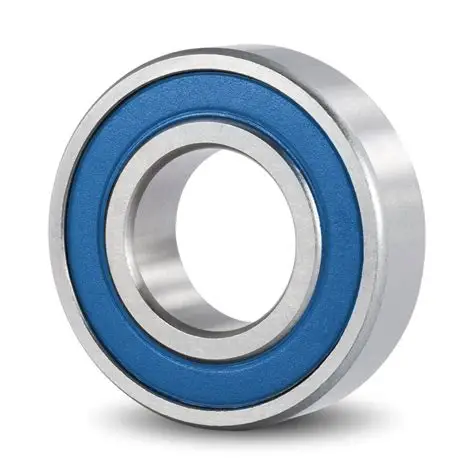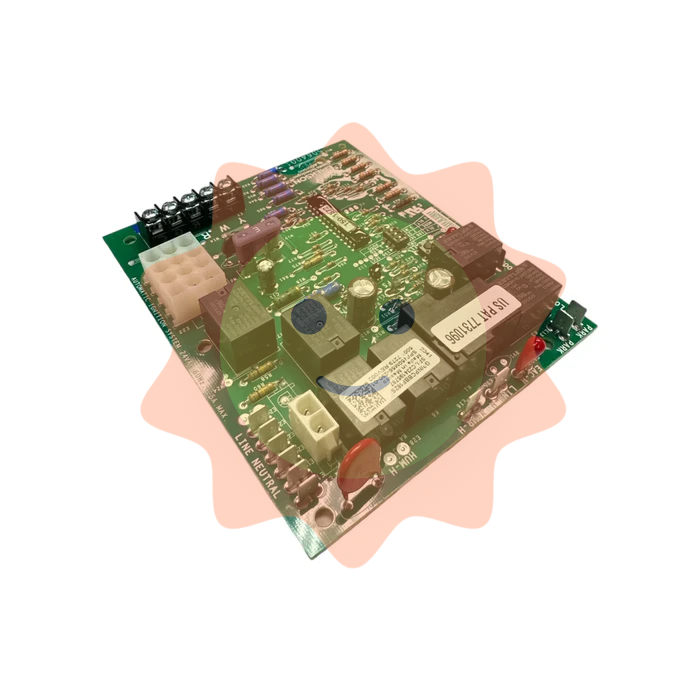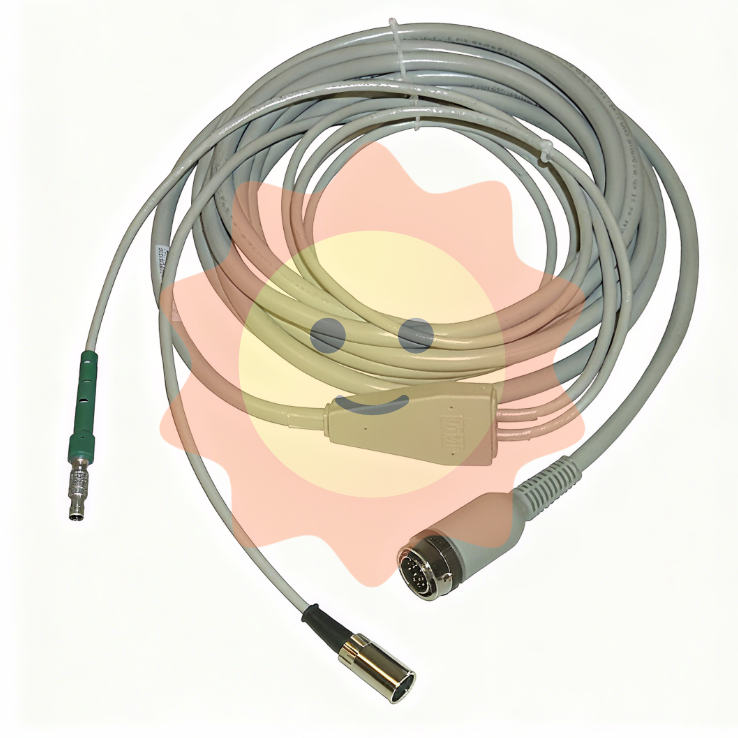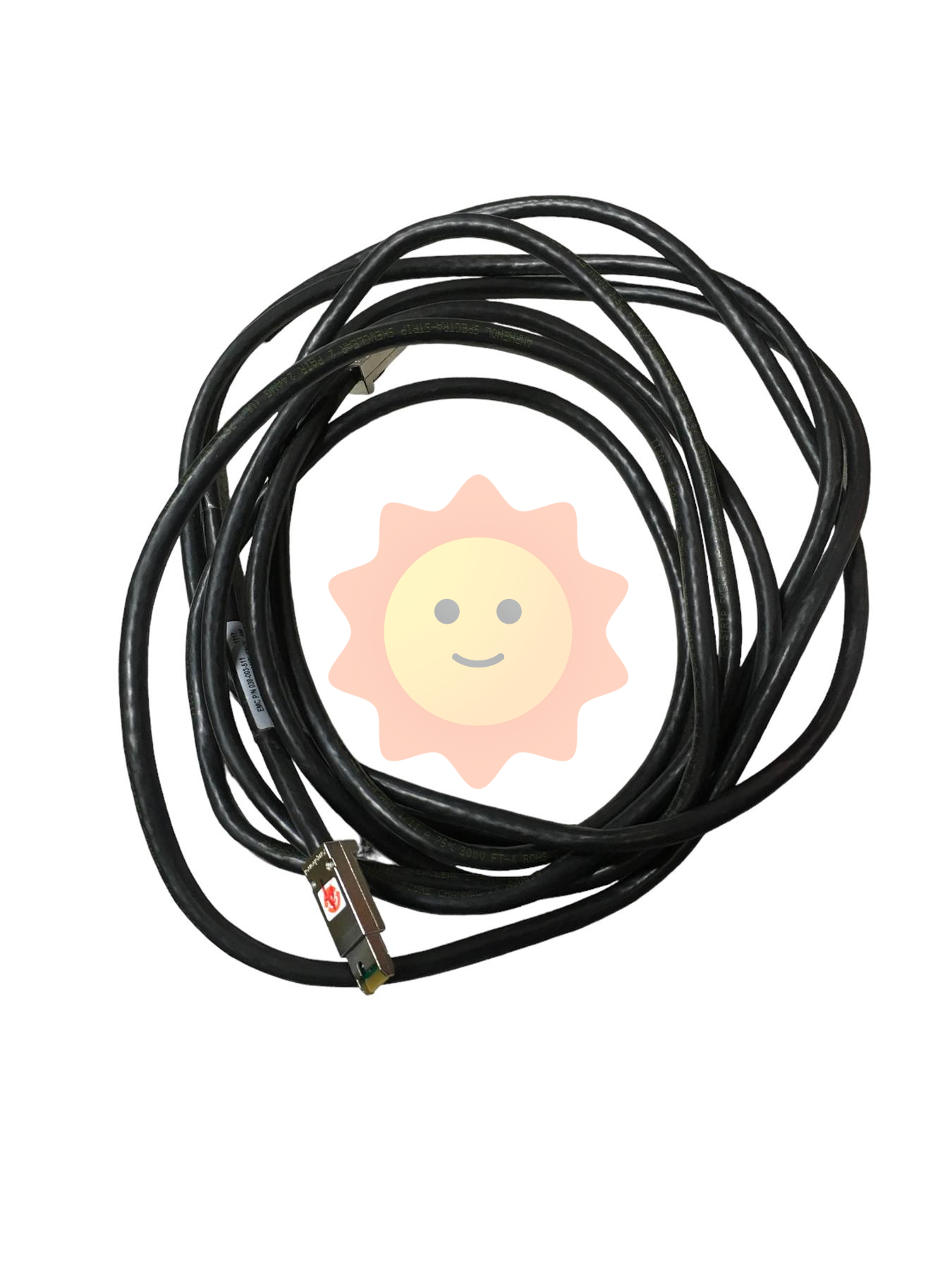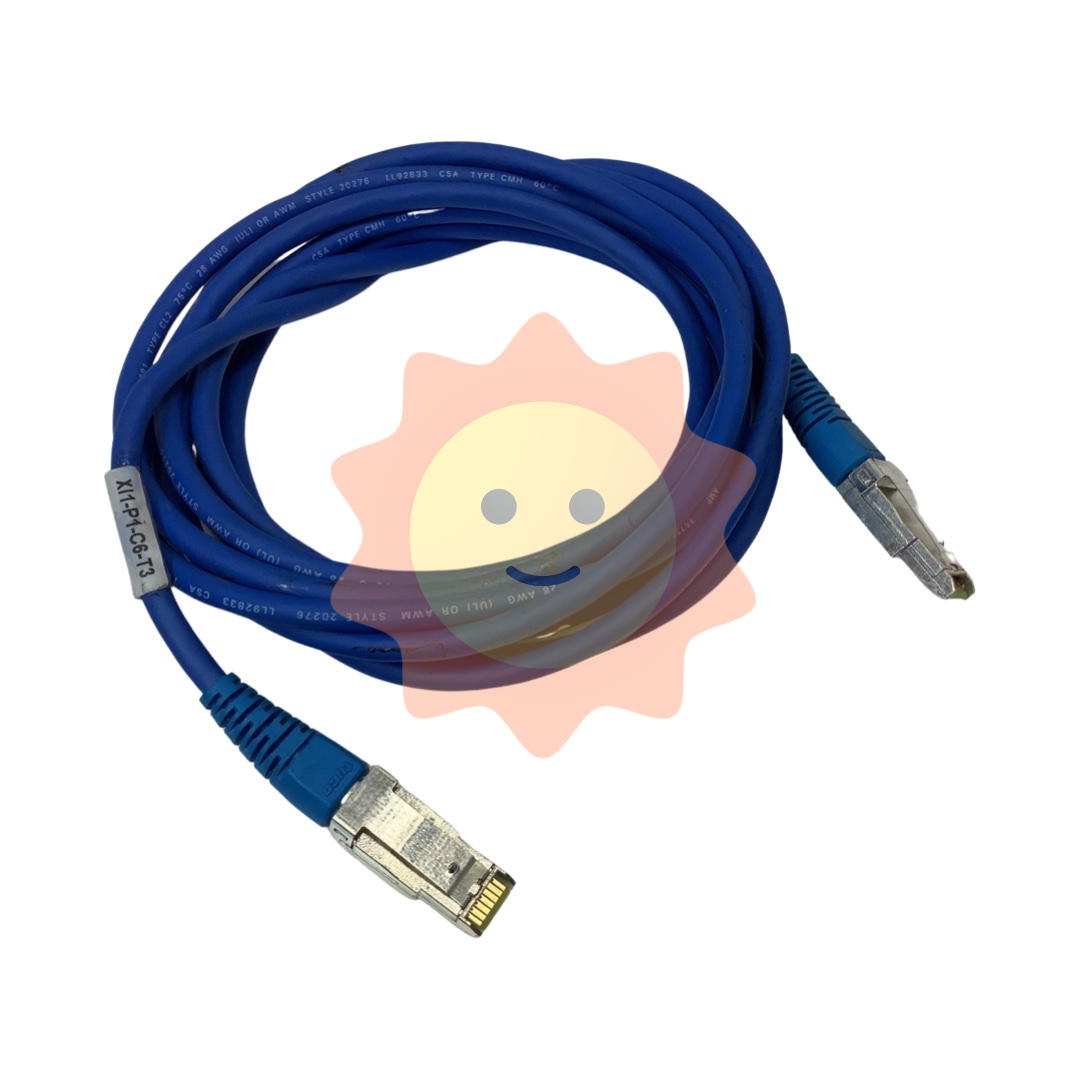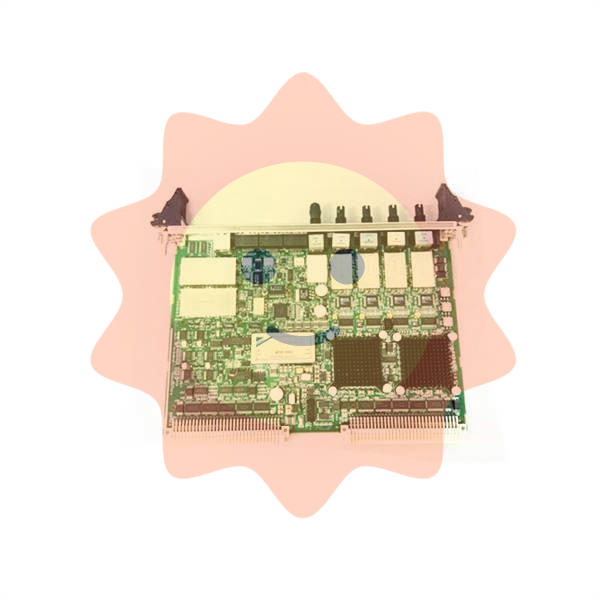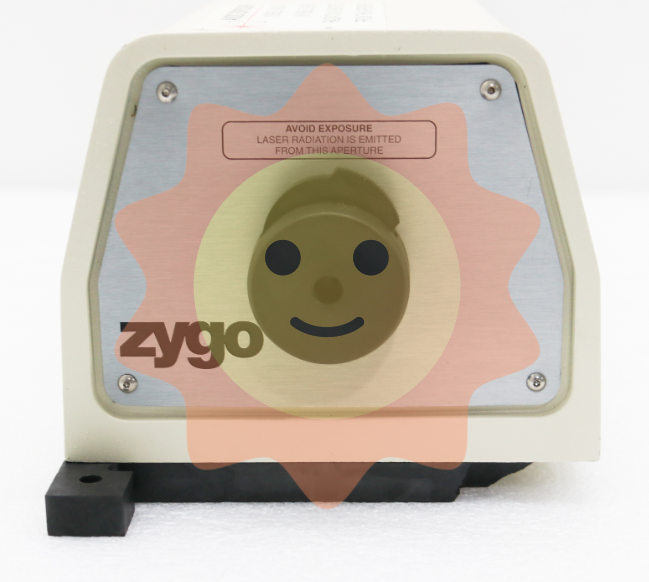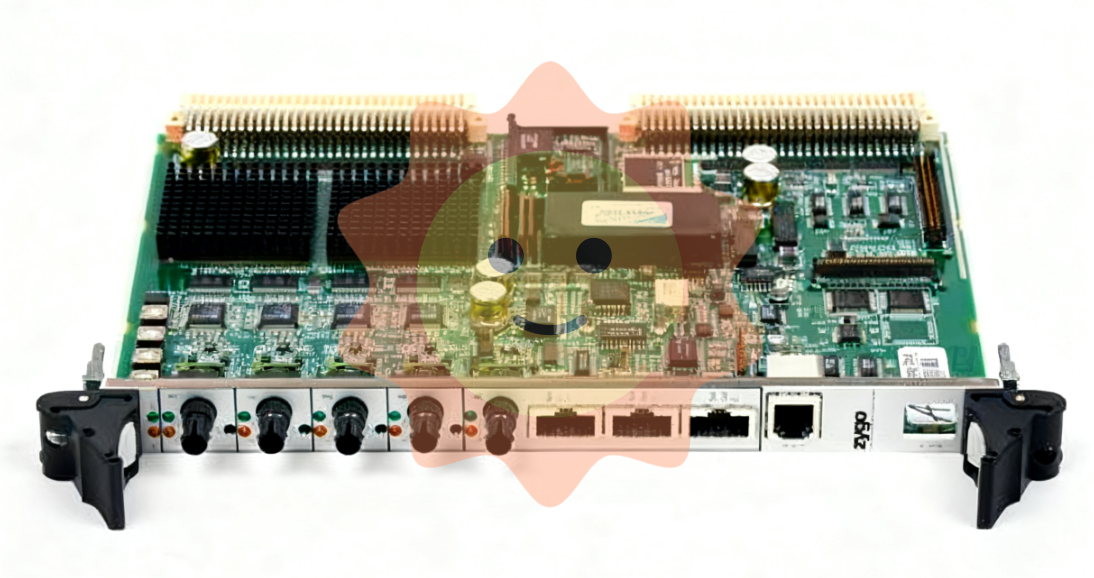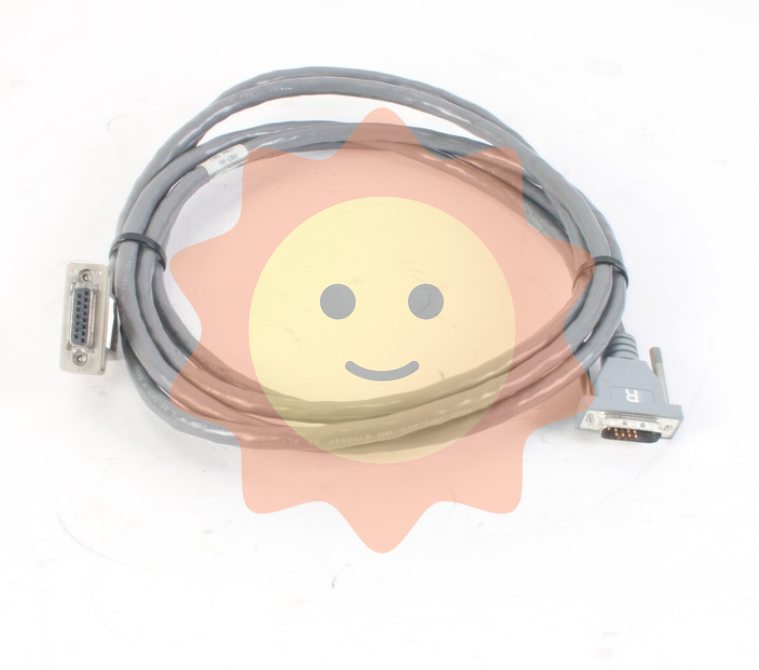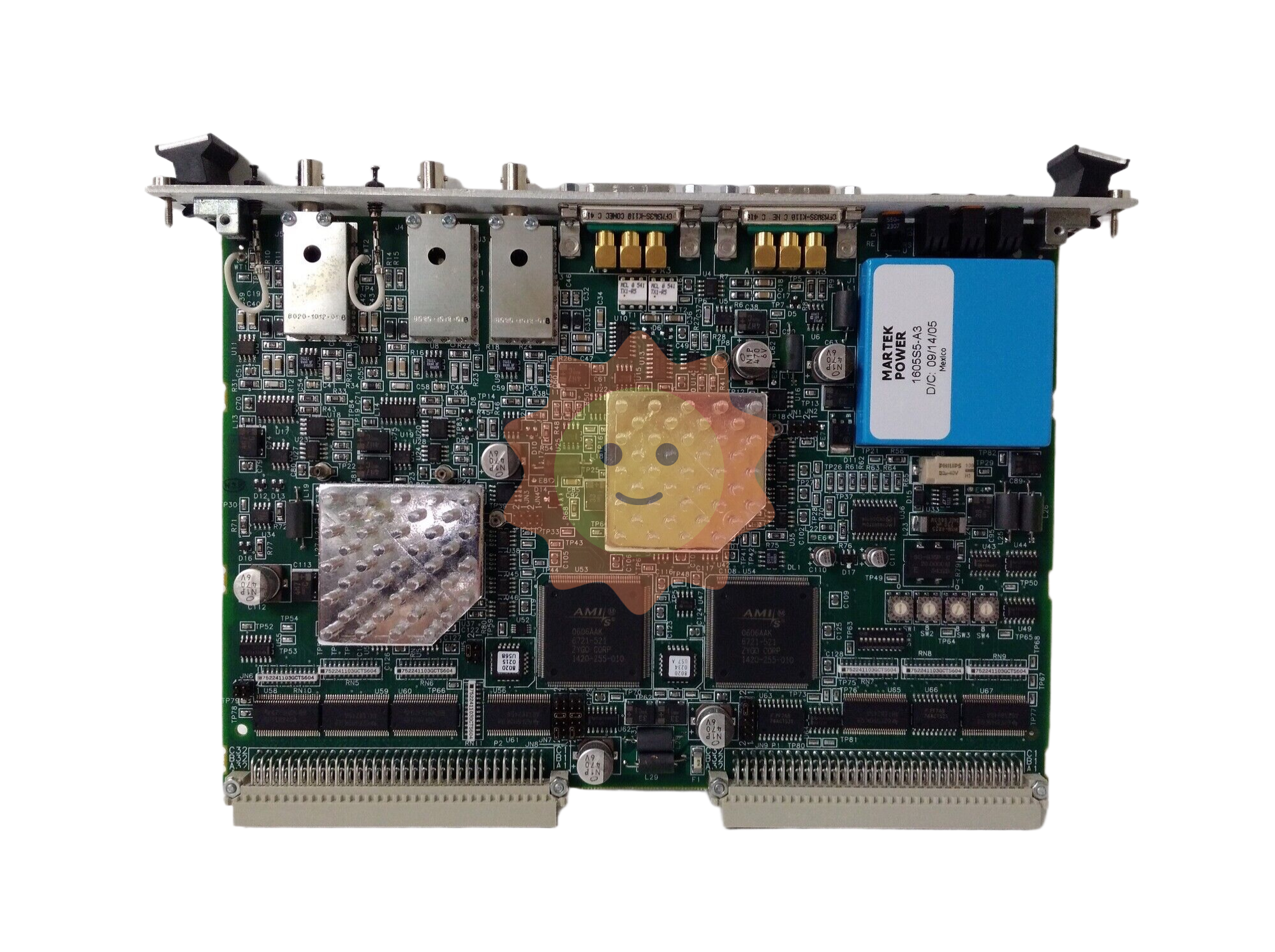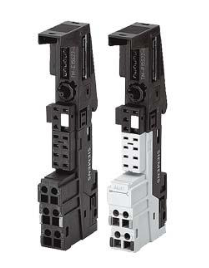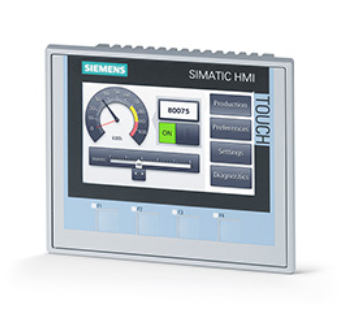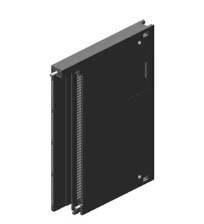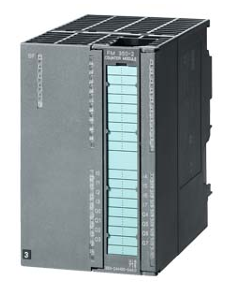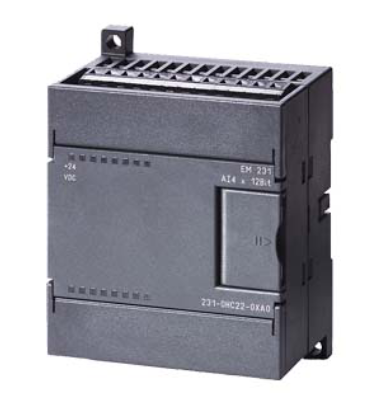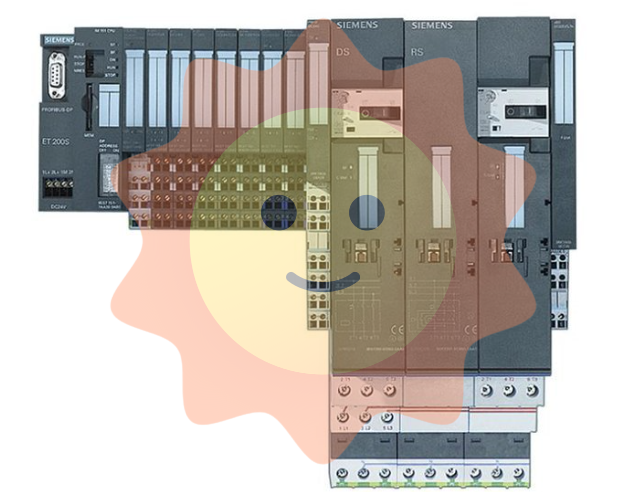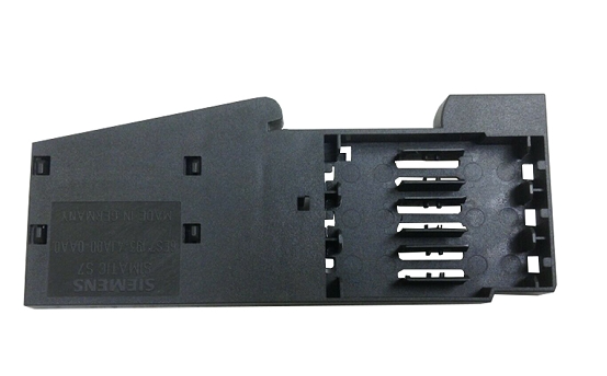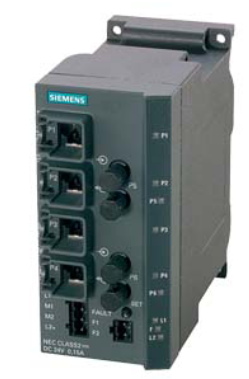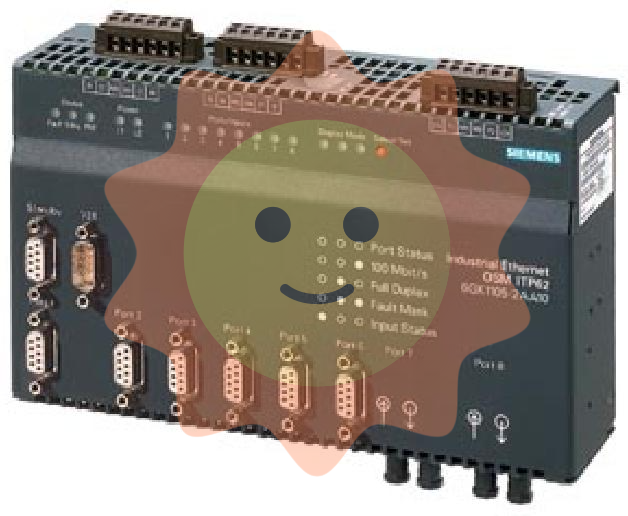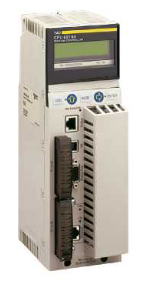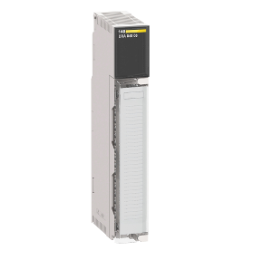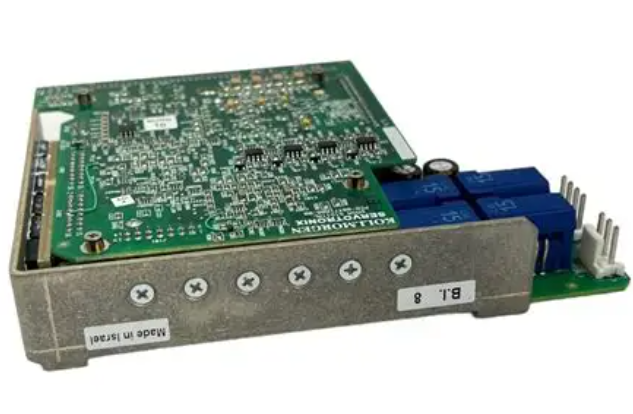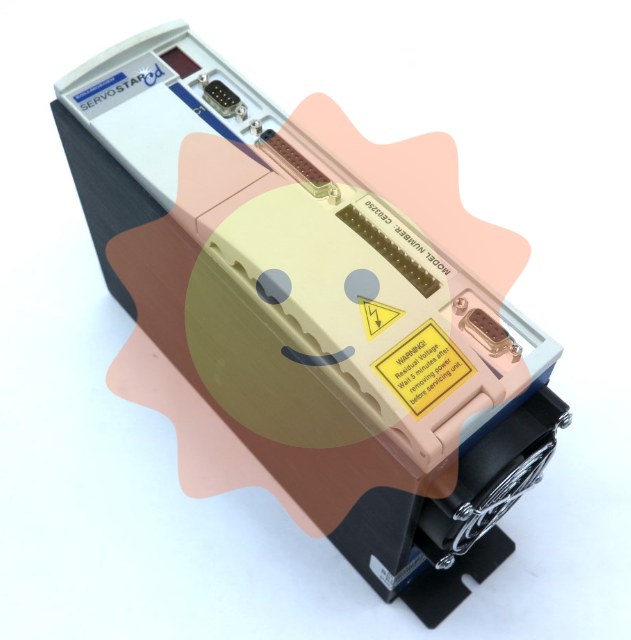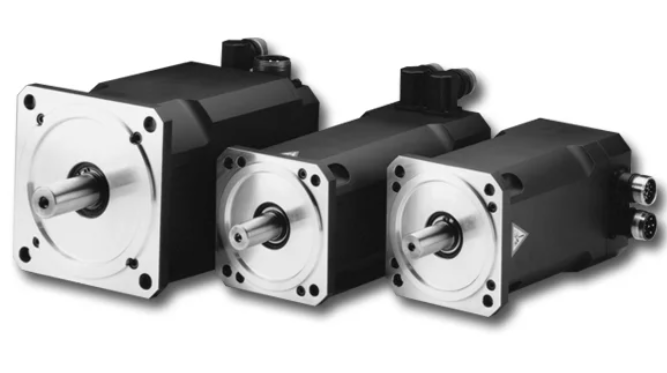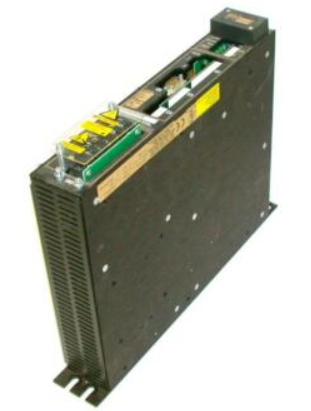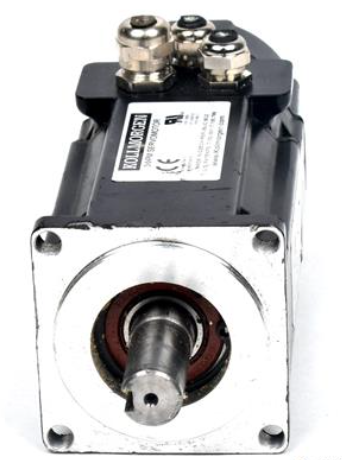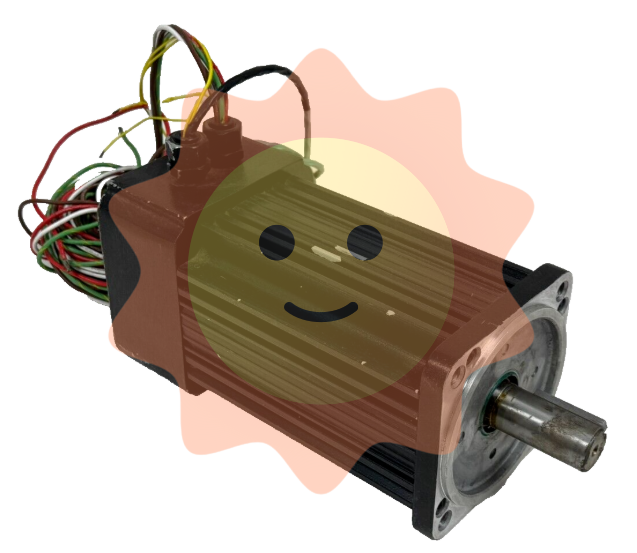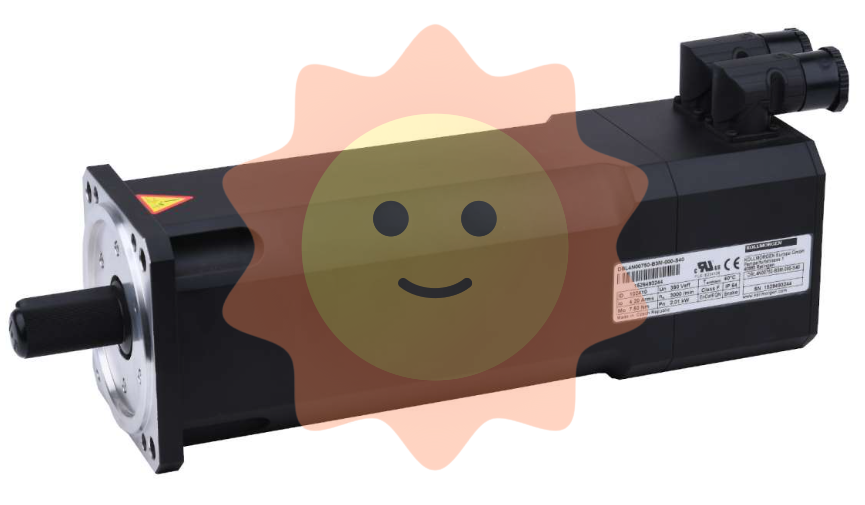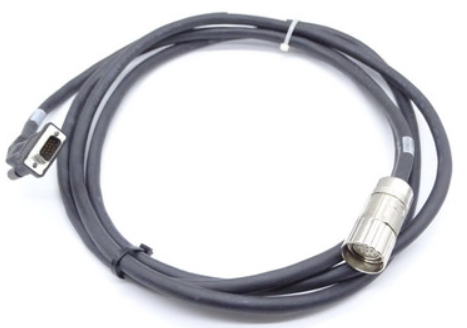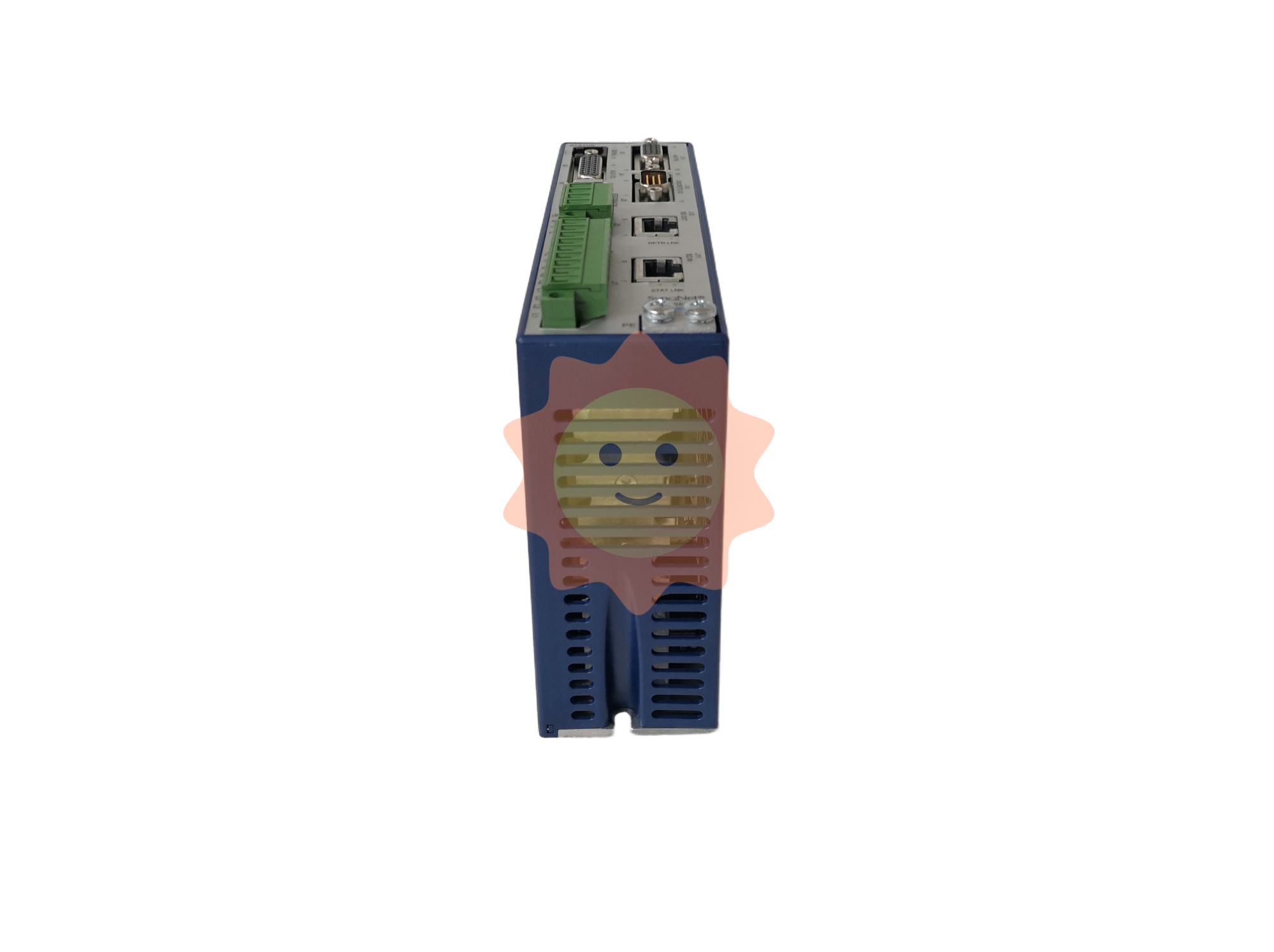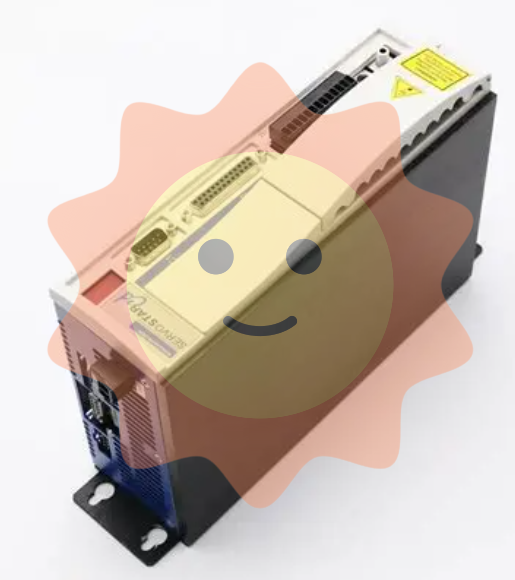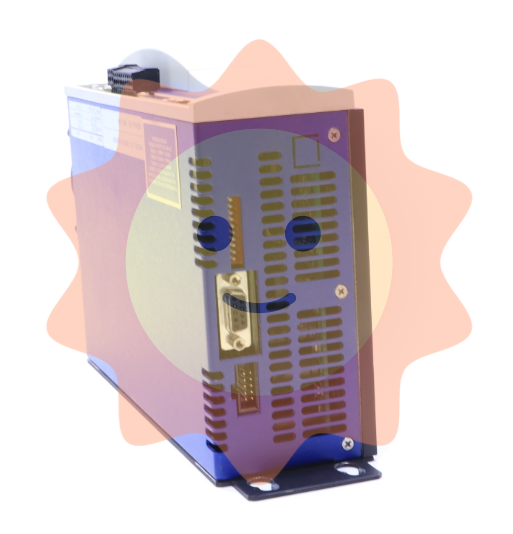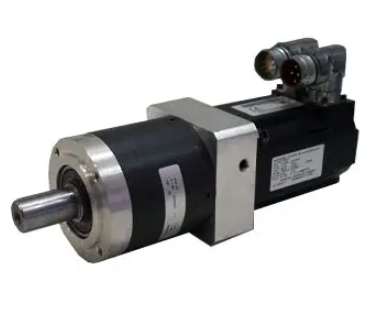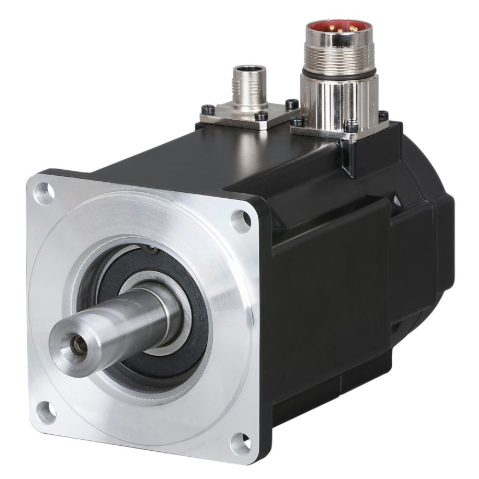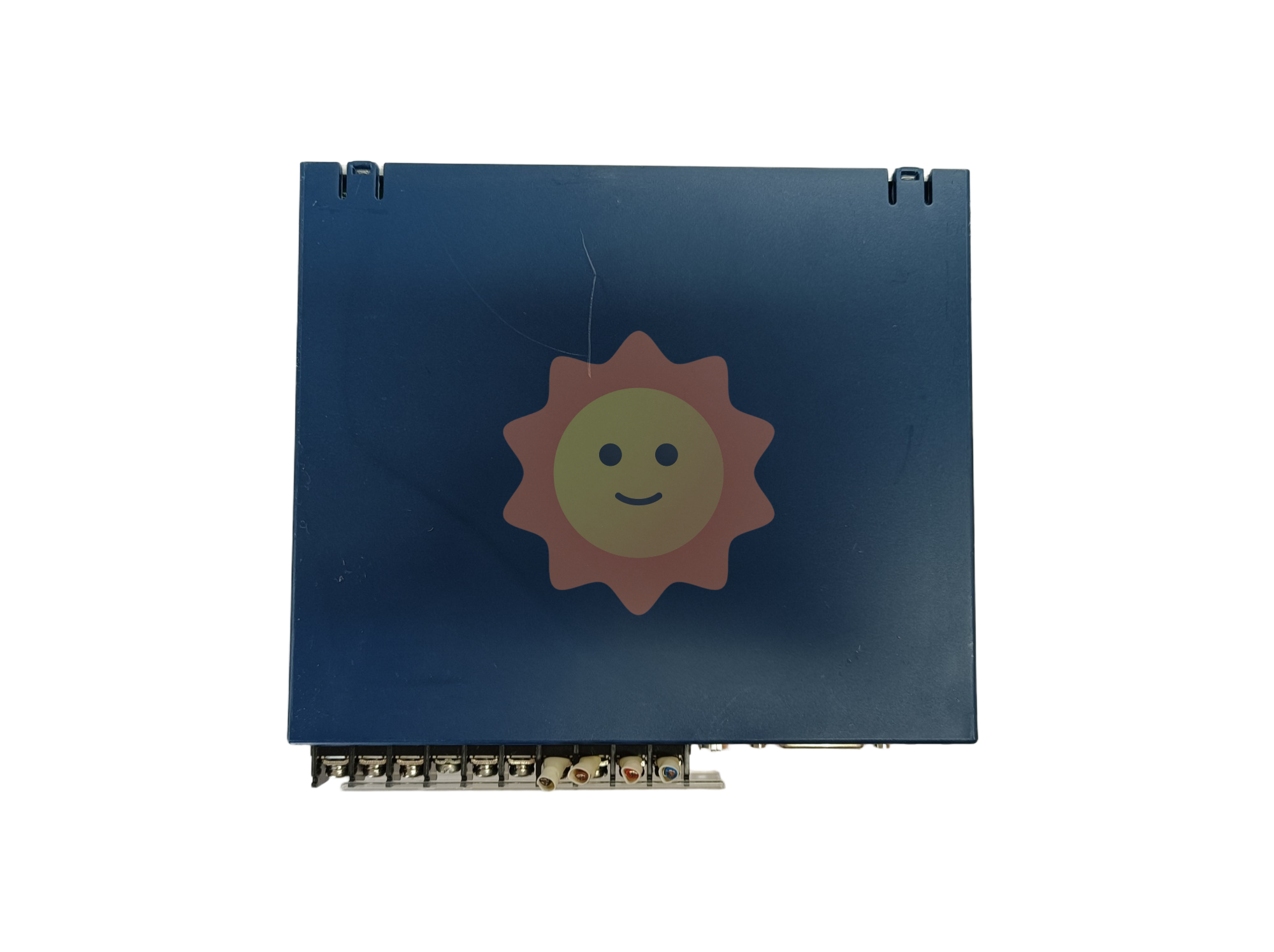Principles and technical contents of mine ecological restoration
1. Principles of mine ecological restoration
Who destroys, who controls, mining, control
Conservation mining, source mitigation
Close to natural restoration, landscape coordination
Scientific guidance, moderate repair
Adapt to local conditions, sustainable use
2. Overall requirements of mine ecological restoration
On the basis of ensuring geological safety, according to the damage characteristics of different sites, natural restoration is adopted as the main restoration method, supplemented by artificial restoration. Through geomorphic remodeling, soil reconstruction, vegetation reconstruction, pollution prevention and control, biodiversity protection and other measures, the damaged ecological structure and ecological function are restored to achieve safety, stability and landscape coordination.
3. Ecological restoration target
(1) Restore the ecosystem damaged by mining activities to a natural ecological environment close to that before mining;
(2) reconstruction of the ecological environment suitable for a particular purpose of people;
(3) Restore to other ecological environments in harmony with the surrounding environment (landscape).

4. Ecological restoration model
Forest and grass land, cultivated land, wetland, building land, mine park.
5. Selection basis of ecological restoration model
(1) The type and degree of damage of the mine to be repaired;
(2) The natural geographical conditions of the mine and the suitability of land development, utilization planning and other factors.
6. Principles of ecological restoration model selection
If it is appropriate to cultivate, it is appropriate to garden, it is appropriate to forest, it is appropriate to pasture, and it is appropriate to fish.
Choice of mine ecological restoration mode
(A) mine forest and grassland ecological restoration model
According to the principle of technical feasibility and economic rationality, combined with the practice of ecological restoration engineering in our country, in addition to the waterlogging area, the main direction of mine ecological restoration is the forest and grass mode, of course, the final determination of ecological restoration mode, or "vary from place to place", "one mine and one policy".
The ecological restoration modes of forest and grass land in mine mainly include: mining subsidence area, mine exposed stope, industrial square, waste dump, waste rock dump, mineral processing site, pile leaching site, tailings pond and other polluted sites.
1. Ecological restoration model of forest and grassland in mining subsidence area
The determination of ecological restoration model of mining subsidence area is mainly based on the suitability evaluation of collapse depth, geomorphic location of subsidence area, buried depth of diving position, collapse damage type and water utilization degree.
(1) In mountainous and hilly areas, the land is difficult to level after collapse, and should be restored as a garden for planting cash crops;
(2) For the land with poor land, high terrain and high slope, restore it to woodland or grassland;
(3) For the subsidence area of low mountains and hills with a slope of 10° ~ 15°, or the area covered with soil after rectification and leveling after open-pit coal mining, the sunshine is more abundant, which is suitable for grassland planting or forestry planting.
(4) For the slope land in shallow subsidence areas, it can be restored to the original land type by in-situ leveling method; The method of "digging deep and covering shallow" is often adopted for middle-level collapse. Part of the restoration mode is cultivated land or forest and grass land, and part is pond water surface, which is used as intensive fish pond.
(5) The area located in the plain has deep collapse, low diving level, and often forms a perennial waterlogging area. The general choice is to trim and support its bank belt, and to adopt hydraulic engineering, and choose the direction of repairing the water surface of the pit.

2. Ecological restoration model of forest and grassland in mine open stope
Generally, the open stope is divided into two repair modes of mining chassis and mining slope.
(1) The safety platform and working platform in the mining slope provide topographical conditions for ecological restoration. Soil storage tanks or holes can be dug on the platform, and small trees, shrubs or vines can be planted after covering the soil; The slope area between the platforms, when it is soil or full or strong weathering crust, can be directly restored to grassland, or covered with a certain thickness of topsoil, and then restored to grassland.
The rock slope, generally no longer take ecological restoration measures, but use the vines planted on the platform to climb up and down to achieve green, but for high and steep rock slopes (slope greater than 60°, height greater than 20m), It is necessary to adopt concrete lattice and planting bag restoration, planting tank (planting pot) restoration, spraying repair or planting tank (pot) and spraying joint restoration to achieve green. For the unstable slope and loose slope in high and steep slope, some measures should be taken before ecological restoration, such as removing dangerous rock, hanging net and spraying anchor.
(2) The mining chassis terrain of the open stope is relatively wide and slow. If the mining chassis elevation is higher than the local erosion base level, and the stope water can be naturally discharged, such chassis can choose the forest and grass restoration mode. If it is necessary to provide water for the restored plants in the open pit, the reservoir can be designed in the appropriate position of the chassis.
When there is a depressed mining area requiring mechanical drainage in the open stope, and the water in the depressed mining area is basically not permeable, and there is a certain catchment area, and the recharge amount is greater than the evaporation amount, there will be permanent water in the chassis and the area including one or several steps at the lowest part of the stope, that is, the pit surface. The pit here refers to the water storage capacity of less than 10×104m3, and the perennial water level of the shoreline surrounded by water. If the recharge or catchment area of precipitation is small, the evaporation is greater than the recharge amount, and there is a leakage channel in the chassis, the sunken mining area may only have temporary water in the rain period, and the ecological restoration mode in the chassis area is still determined to be woodland or grassland.

3. Ecological restoration model of forest and grassland in industrial square, waste dump, waste rock dump
The office area, living area, beneficiation field, wellhead and other facilities of the mine can be collectively referred to as the industrial square. After the mine is closed, after the construction of the occupied land is dismantled and the wellhead is blocked, in principle, the in-situ type is used as the restoration mode. However, the office and living areas of some mines meet the urban construction planning, the construction standards also meet the relevant requirements, and the construction structures can be retained and the construction land use can be maintained.
The mine road in plain area shows the land damage is occupied. Depending on the need of ecological restoration, the road can be repaired as in situ, or retained as the repaired road or maintenance road. The road in the mountainous area may damage the land by both occupying and excavating, so you can choose the forest restoration mode, or the restoration mode of partial forest land and partial preservation of the road.
In principle, when the mine is closed, the waste stone (residual soil) is required to be "eaten and pressed clean" by backfilling pits, filling underground goaf, and external transportation, and the supporting works of the storage yard are removed, and then the soil of the storage yard is ploughed and covered. In terms of the selection of restoration mode, it is generally appropriate to choose the in-situ type. When the waste rock (topsoil) yard is still retained after the pit is closed, the surface of the yard should be trimmed and then covered with soil under the premise of ensuring the stability of the yard. The restoration mode is generally woodland or grassland.
4. Ecological restoration model of forest and grass in polluted sites such as beneficiation field, pile leaching field and tailings pond
The final waste residue of the pile leaching site and tailings pond all contain toxic and harmful elements. Even after the mine is closed, the waste residue soil and tailings of the pile leaching site or tailings pond are used up, the "subsoil" in the site area (reservoir area) is still polluted. According to the characteristics and pollution degree of the pollutants, As appropriate, measures such as seepage prevention, isolation, deep burial and soil cover (soil exchange) are taken, and the restoration mode is generally selected as forest and grass land.

Among the above polluted land, the tailings pond accounted for the largest area of contaminated land, according to the relevant data in 2005, China's tailings pond stacked pressure accounted for 1,300 ×104 acres of damaged land. The main factors to consider when determining the restoration mode are:
(1) Natural characteristics of the reservoir area: surface characteristics (topography, landform, water system, vegetation), geological characteristics (whether there is leakage of dam foundation and dam abutment, whether there is anti-seepage cushion at the bottom of the reservoir), water accumulation in the reservoir, plant growth characteristics, etc.
(2) Environmental factors: climate, meteorology, distribution of towns and residential areas, environmental conditions of the area before the use of the tailings pond and evaluation of pollution caused by the use of the tailings pond.
(3) Physical and chemical properties of tailings: thickness, packing density, weight, metal composition and content, pH value, salinity, moisture, permeability, organic elements, toxic chemicals that inhibit plant production, etc.
(4) The restoration mode should be determined according to local conditions, and it is not recommended to be used as construction land in principle.
(5) According to the terrain characteristics of the reservoir area, we should adopt the technology of river beach dam restoration, filling gully dam restoration and other technologies.
(6) According to the presence or absence of pollutants in the tailings, appropriate plant species should be selected for direct restoration without soil cover or soil cover restoration with isolation layer.
(2) Ecological restoration mode of mine cultivated land
The ecological restoration modes of mine cultivated land mainly include: mining subsidence area, open mining chassis area and dry land ecological restoration mode.
1. Ecological restoration model of paddy field in mining subsidence area
(1) The ecological restoration land in the subsidence area is given priority to agriculture, and the leading mode of ecological comprehensive restoration in the subsidence area is generally adopted as "focusing on the restoration of cultivated land and taking into account relocation land and aquaculture".
(2) In mountainous and hilly areas, the terrain is originally uneven, the collapse is not deep, does not affect the cultivation can be properly smooth, can be directly restored to paddy field;
(3) In plain areas, shallow surface collapse that is not deep can be levelled on the spot; When the middle layer collapses and there is sufficient solid waste such as coal gangue and fly ash, the topsoil is stripped first, then the waste is backfilled, and then the soil is covered to restore the paddy field.
(4) The subsidence area with large area, deep collapse, shallow diving level and rich surface water resources should be comprehensively treated, and the method of "digging deep and filling shallow" should be adopted to restore it to paddy field.
It is not difficult to restore paddy field in coal mining subsidence area. The key points to be paid attention to are the thickness control of topsoil, the elevation design of cultivated land and the auxiliary construction of water conservancy projects. For those repaired as paddy fields, measures should be taken to prevent cracks in the surface soil of paddy fields from being affected by caving collapse, resulting in destruction of the water holding capacity of the surface soil of paddy fields and water leakage.

2. Ecological restoration model of paddy field in undercropping area
The last mining platform of an open-pit mine, the chassis area or flat area, often forms a relatively large flat area. Due to the high landform position, most of the area can be naturally drained, and the area can also be restored to dry land when sufficient soil sources are available. Only when the restoration area has a water conservancy project and a guaranteed irrigation water source, it is possible to restore the irrigated land or paddy field, and it is also necessary to build farmland water conservancy, roads and other supporting facilities.
3. Ecological restoration model of mining cave-in backfill and open-mining underbed dryland
There is a large demand for topsoil when the subsidence backfill area and open mining chassis are repaired as dry land, and it is generally required that there is sufficient and stable soil source nearby. Maintenance ponds and ditches in the chassis area can generally be considered to meet the irrigation and drainage needs of drylands.
In order to prevent water accumulation, the site should be leveled in this area, and a slope of 2% to 3% should be formed in a certain direction according to the surrounding terrain. The mining platform of the stope can cut drainage ditches in the slope to collect the surface runoff and discharge the water outside the mining site.
(3) Ecological restoration model of mine wetland
The ecological restoration modes of mine wetland mainly include: coal mining subsidence water area, mining water area in open mining mountain depression, and "wet beach area" of tailings pond.
1. Wetland ecological restoration model in cave-in waterlogged area
Subsidence area is a new type of constructed wetland, which is mainly formed by surface subsidence pit of coal mining in plain area. According to statistics, in the mining area of high diving position in the east coast of China, the rate of mining subsidence water is more than 30%, and in North China it is between 20% and 30%. This area is mainly the main grain producing area or the basic farmland protection area. Due to the shallow buried groundwater level, part of the subsidence area has become a seasonal or perennial water accumulation area, and the farmland water conservancy and transportation facilities above the subsidence area have suffered damage. The central and eastern mining areas located in the Huang-Huai-hai Plain of China belong to this category. In China's eastern plain coal mining areas, such as Zaozhuang, Yanzhou, Datun, Huainan, Huaibei, Xuzhou and other mining areas, due to the high underground diving level, mining subsidence water is quite common, and some areas even appear salinization trend.
2. Ecological restoration model of wetland in waterlogged area of open stope
When the mining elevation of building stone mine and sand clay mine is lower than the local erosion base level (that is, the natural drainage elevation) or the local groundwater level, or although the mining elevation is higher than the local erosion base level, but there is depression mining, and the water inflow around the mining area is greater than the sum of the leakage and evaporation of the mining pit, the depression part will be permanently flooded after the mining is stopped. Retaining this water area as a wetland would provide water for the conservation of newly planted plants for ecological restoration and also improve the ecological environment in small areas.

3. Wetland ecological restoration model in "wet beach area" of tailings pond
Most of the metal mine tailings ponds adopt the wet discharge technology, and its tailings have high water content. However, the overall comprehensive utilization level of tailings in China is not high at present, which leads to the existence of a large number of tailings ponds for a long time after the mine is closed. In some tailings ponds located in gullies, due to the inflow of surface water and groundwater and the difficulty in removing the water in the tailings, perennial water accumulation or swamping is formed. At this time, wetlands should be retained according to local conditions and plants with "acid, weight and water resistance" should be planted on the surface for restoration.
(4) Ecological restoration mode of mine construction land
The ecological restoration of mine construction land is mainly engineering restoration, and the content of biological restoration is less. Its ecological restoration mode mainly includes: mining cave-in backfill area, open mining mountain chassis area, mining industrial square construction land ecological restoration.
1. Ecological restoration model of construction land in mining subsidence area
As the subsidence area of many well mining hills is located in the urban built-up area or planning area, the surrounding infrastructure is relatively perfect, and the urban development has the demand for construction land, so the ecological restoration model is adopted as the construction land. The ecological restoration project in this mode is mainly a "geotechnical" project. By taking ground backfill and foundation treatment measures to the mining subsidence area, the mining subsidence backfill area can meet the requirements of construction land.
This restoration model has been widely used in Huainan, Huaibei, Tangshan and other places in China. The landfill project in Huainan coal mining subsidence area adopts a series of remediation measures such as horizontal seepage prevention, vertical seepage prevention, landfill gas management, environmental monitoring, and ecological restoration. The total investment of the project exceeds 96 million yuan. After comprehensive treatment, the former "garbage mountain" has undergone beautiful evolution and become an ecological park with fitness, leisure and spectacular scenery.
In mid-October 2018, during the review and inspection of the World Bank inspection team, Mr. British International Municipal expert. Christopher Banes, who has been to more than 50 countries in more than 40 years of work at the World Bank, gives high marks to the landfill closure project in Huainan as the best clean-up project he has seen. At the same time, the project won the third prize of science and Technology of China Urban Environmental Health Association.

2. Ecological restoration model of construction land in open mining chassis area
The underbed area of open mining mountain is generally a relatively gentle zone with a certain area, especially large open mining mountain. The restoration mode of underbed area is mostly woodland or dry land. However, the underbed of open mining mountain with a large area located near the urban area or in the suburbs with convenient transportation will also be restored as a construction land as a choice.
3. Ecological restoration model of construction land for industrial square, waste dump, waste rock dump and living area
All kinds of mining industrial squares, as long as the infrastructure is easy to support, can be used as construction land repair. Safety coal pillars are reserved in the industrial squares of coal mining mines, the surface is stable, and only the construction structures need to be dismantled, which can be directly used as construction land. If the coal seam mining collapses in the industrial squares, it needs to be used after restoration works; Some large mining living areas themselves have perfect infrastructure construction, and can be completely retained as construction land after the closure of the pit, without investing too much restoration projects.
Beijing Lujiashan Circular Economy Industrial Park is a representative of such projects. The construction of the park uses post-mining pits to optimize site conditions through ecological restoration and other means, and plans to build solid waste treatment facilities such as domestic waste incineration, kitchen and construction waste, supplemented by education centers, scientific research centers and environmental parks. Build a national circular economy (vein industry) demonstration base. The project covers an area of about 2100 mu, with a total investment of about 4.6 billion yuan.
(5) Ecological restoration mode of Mine Mountain Park
The mine is the source of mineral resources and the site of mining activities, which promote the development of human civilization. After the end of mining, the abandoned land of mining and mining and other facilities occupy an area, which is called mining relics. It is a historical witness of human mining activities in different ages, and part of it can become a historical and cultural heritage with important value. The construction of mine park is also a new ecological restoration model for the large area subsidence area near the city.
Since the former Ministry of Land and Resources promoted the construction of the National mining park, 72 abandoned mining lands have been approved as national mining parks. Approved by the National Mining Park Evaluation Committee and the National Mining Park Leading Group, the first batch of 28 national mining park qualifications were awarded in 2005, such as Huangshi in Hubei Province (at present, 23 monuments have been opened), and the second batch of 33 national mining park qualifications were awarded in 2010, such as Daqing Oilfield in Heilongjiang Province. In 2012, the third batch granted the qualification of 11 national mining parks such as Yumen Oilfield in Gansu Province.
The construction of mine park makes the restoration of mine damaged by open mining or mine collapse into garden land, public management and public service land, and realizes the perfect combination of important mining relic protection and mine ecological restoration.
- EMERSON
- Honeywell
- CTI
- Rolls-Royce
- General Electric
- Woodward
- Yaskawa
- xYCOM
- Motorola
- Siemens
- Rockwell
- ABB
- B&R
- HIMA
- Construction site
- electricity
- Automobile market
- PLC
- DCS
- Motor drivers
- VSD
- Implications
- cement
- CO2
- CEM
- methane
- Artificial intelligence
- Titanic
- Solar energy
- Hydrogen fuel cell
- Hydrogen and fuel cells
- Hydrogen and oxygen fuel cells
- tyre
- Chemical fiber
- dynamo
- corpuscle
- Pulp and paper
- printing
- fossil
- FANUC
- Food and beverage
- Life science
- Sewage treatment
- Personal care
- electricity
- boats
- infrastructure
- Automobile industry
- metallurgy
- Nuclear power generation
- Geothermal power generation
- Water and wastewater
- Infrastructure construction
- Mine hazard
- steel
- papermaking
- Natural gas industry
- Infrastructure construction
- Power and energy
- Rubber and plastic
- Renewable energy
- pharmacy
- mining
- Plastic industry
- Schneider
- Kongsberg
- NI
- Wind energy
- International petroleum
- International new energy network
- gas
- WATLOW
- ProSoft
- SEW
- wind
- ADVANCED
- Reliance
- YOKOGAWA
- TRICONEX
- FOXBORO
- METSO
- MAN
- Advantest
- ADVANCED
- ALSTOM
- Control Wave
- AB
- AMAT
- STUDER
- KONGSBERG
- MOTOROLA
- DANAHER MOTION
- Bently
- Galil
- EATON
- MOLEX
- Triconex
- DEIF
- B&W
- ZYGO
- Aerotech
- DANFOSS
- KOLLMORGEN
- Beijer
- Endress+Hauser
- MOOG
- KB
- Moxa
- Rexroth


Email:wang@kongjiangauto.com

